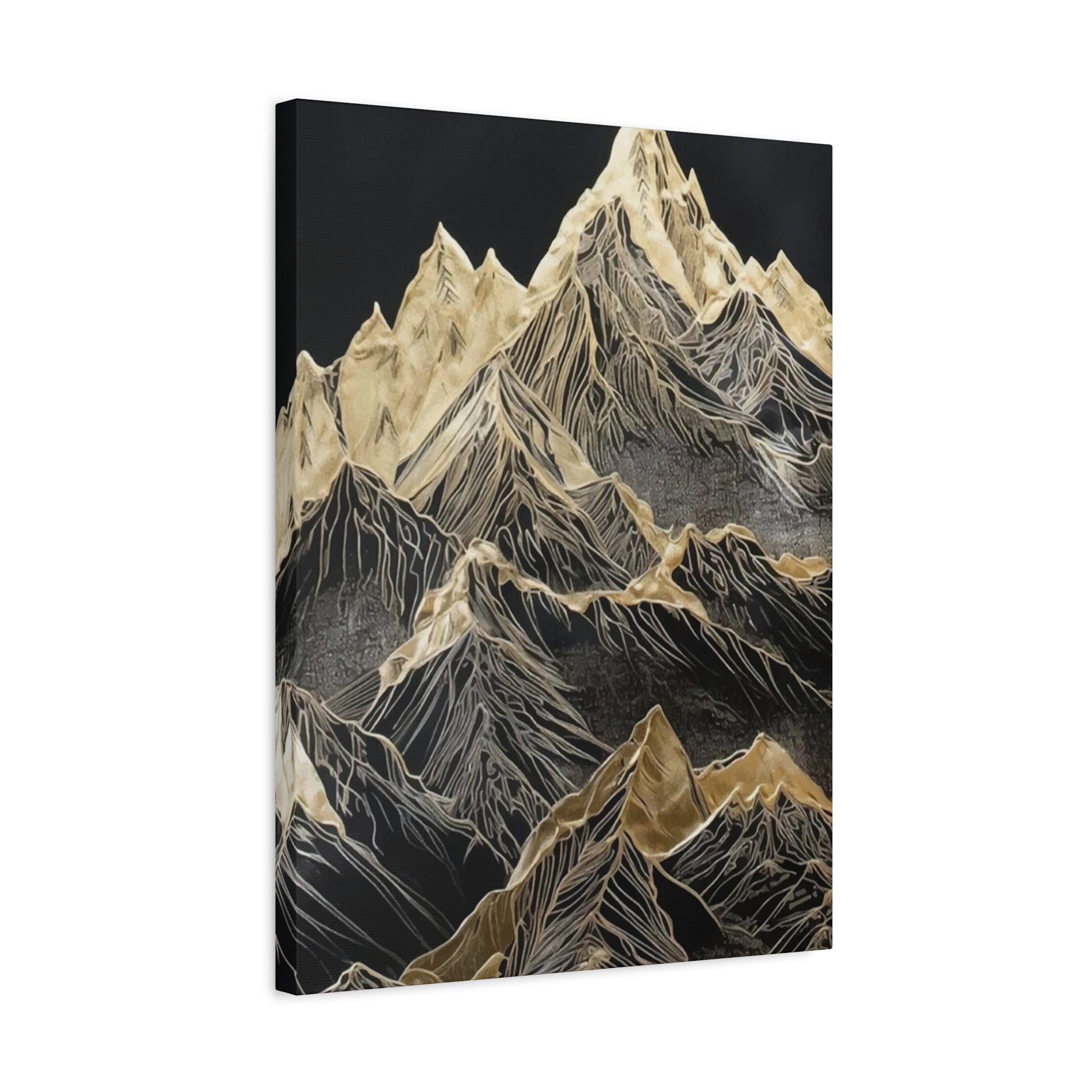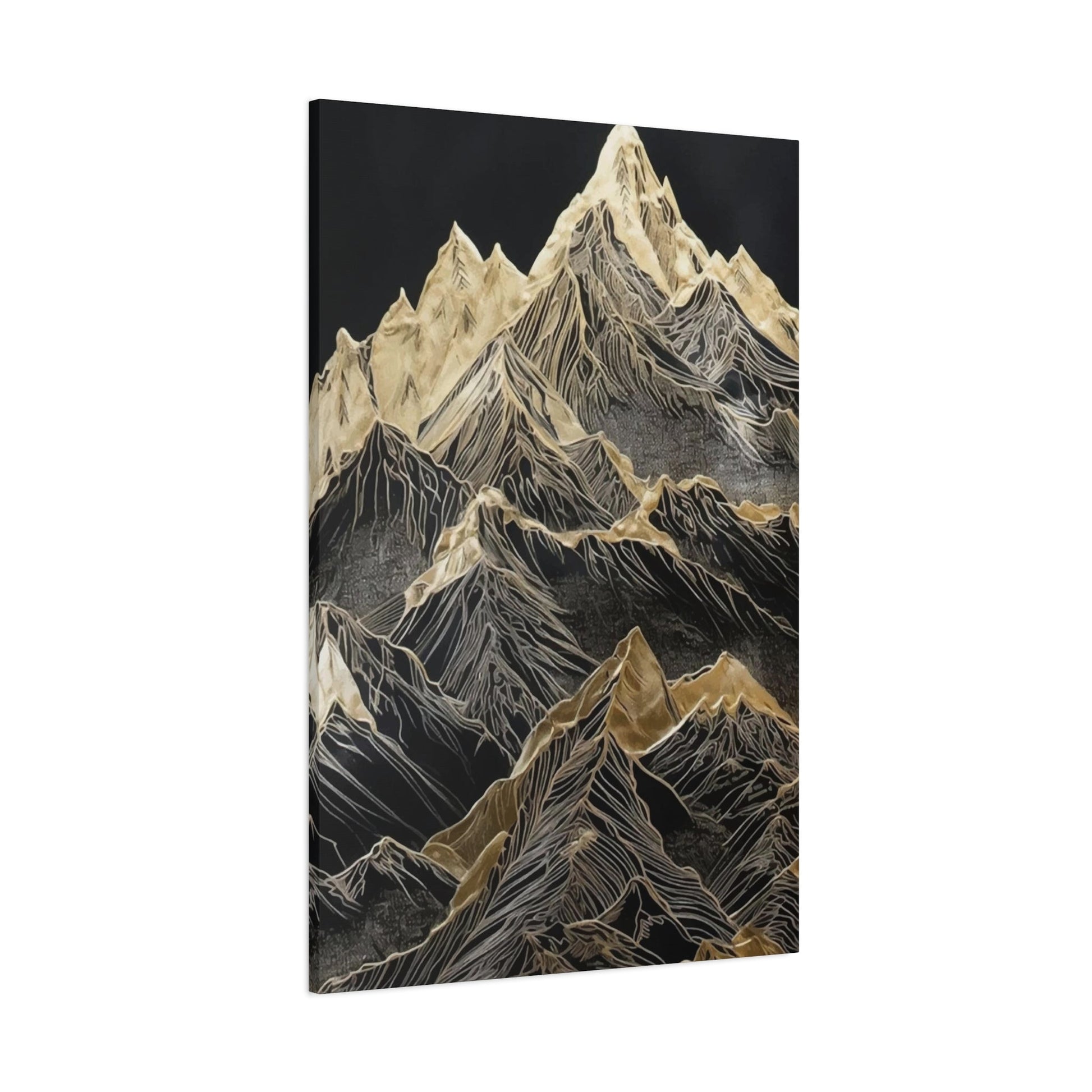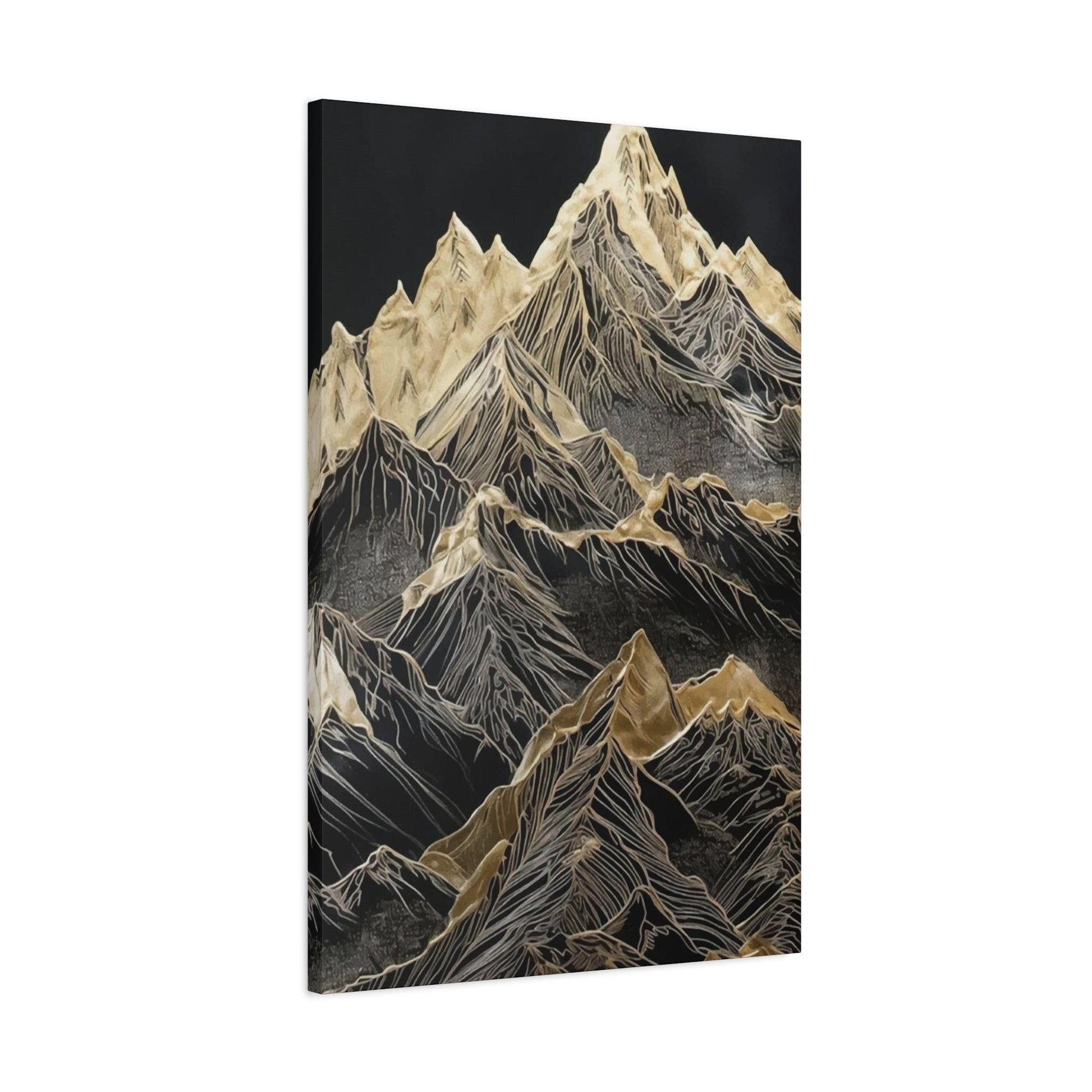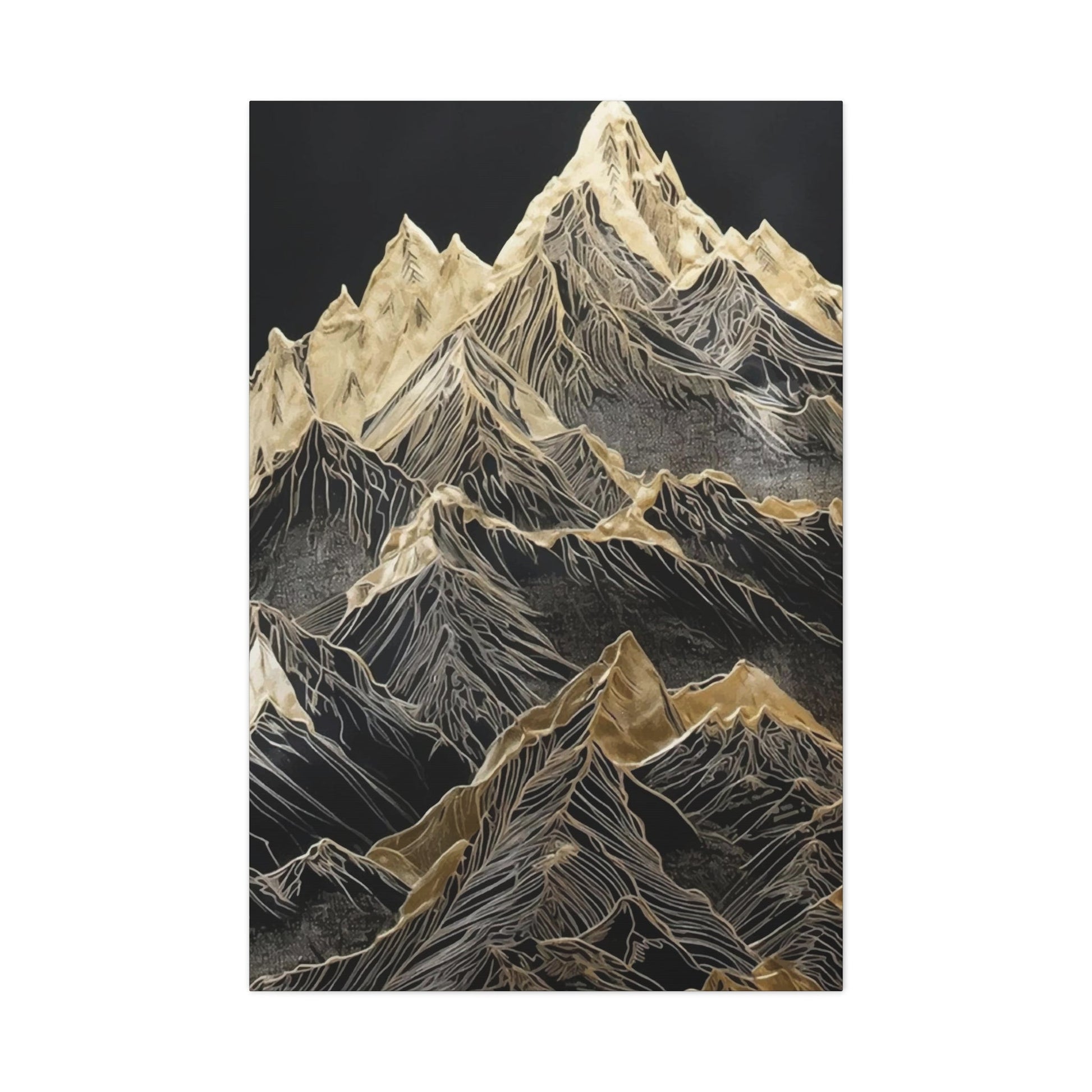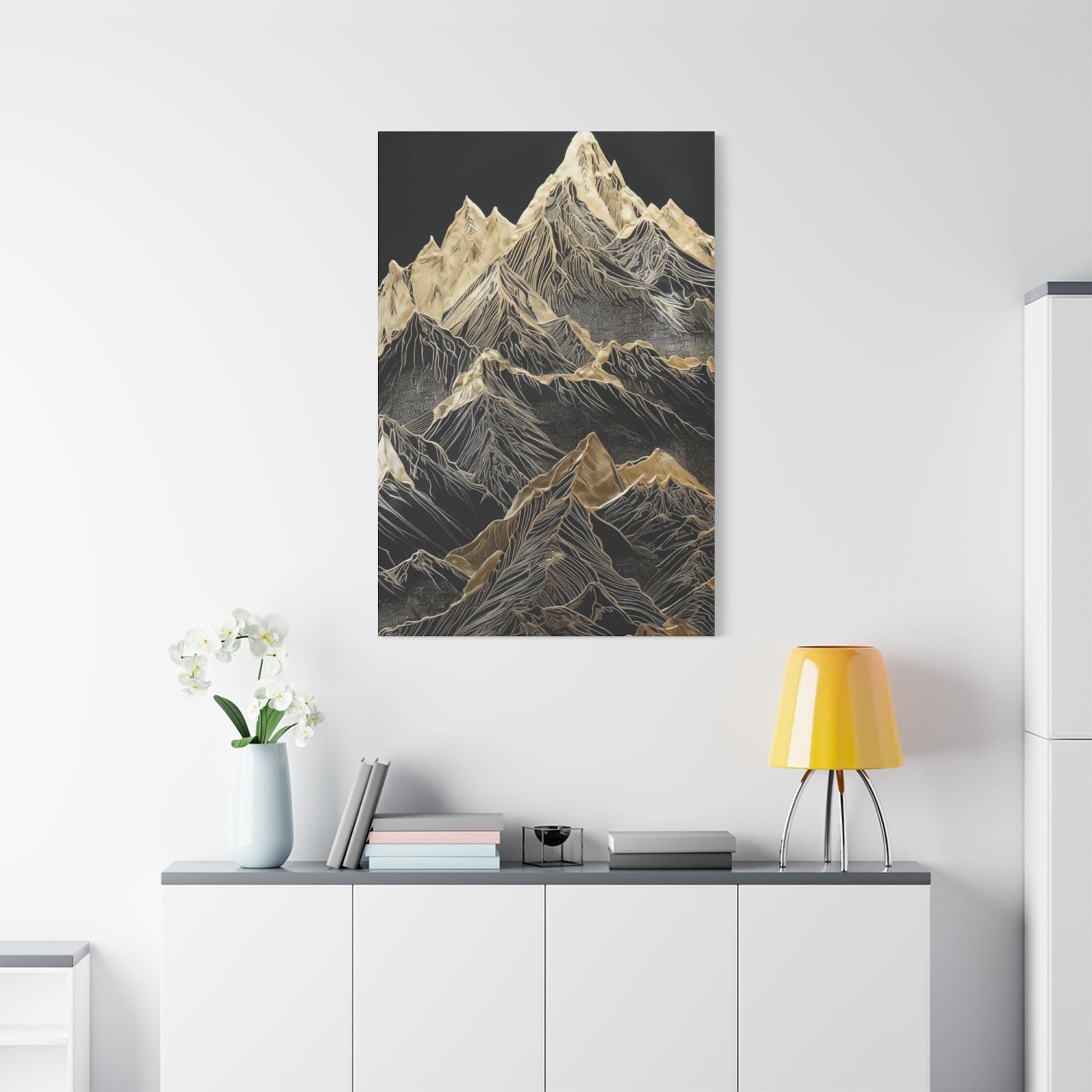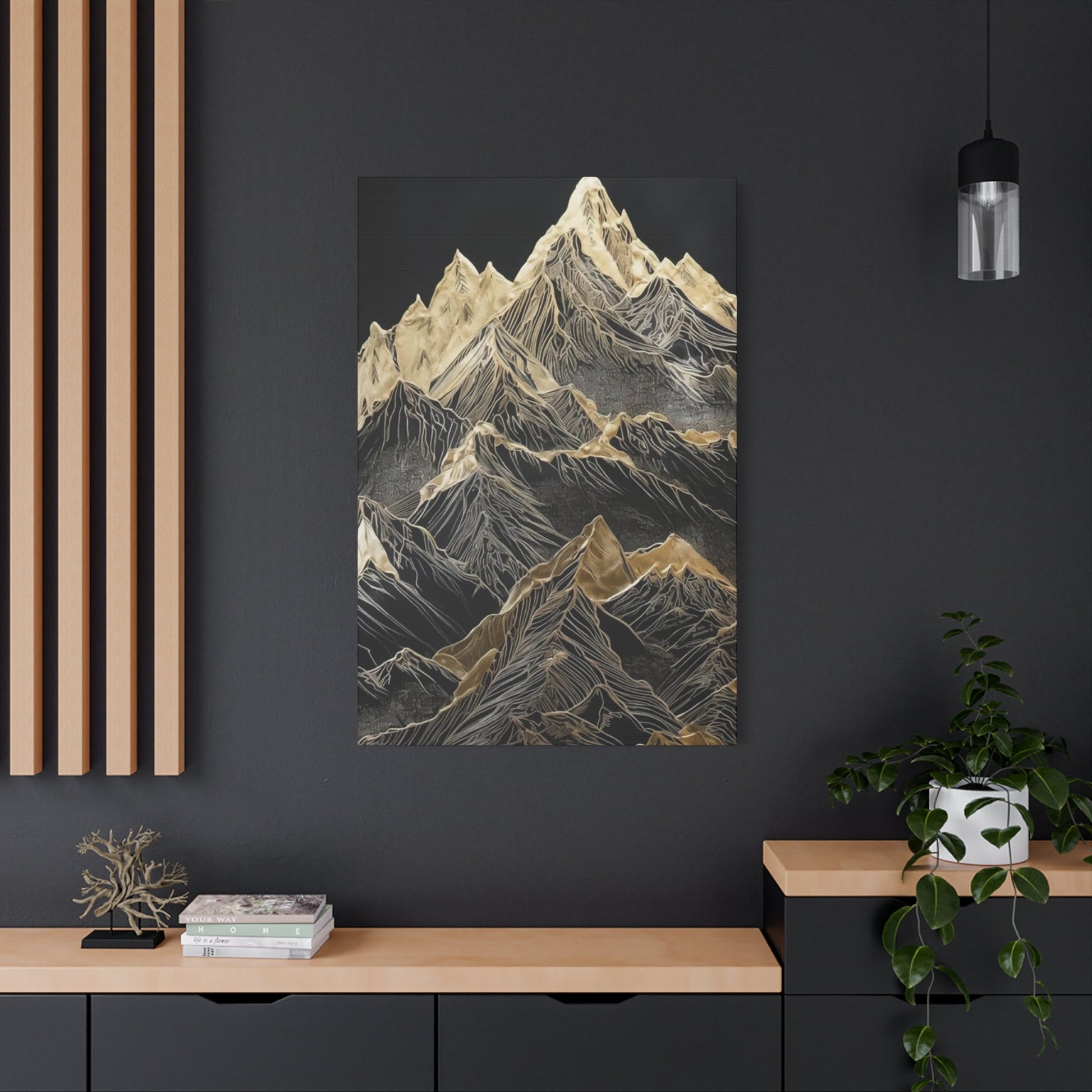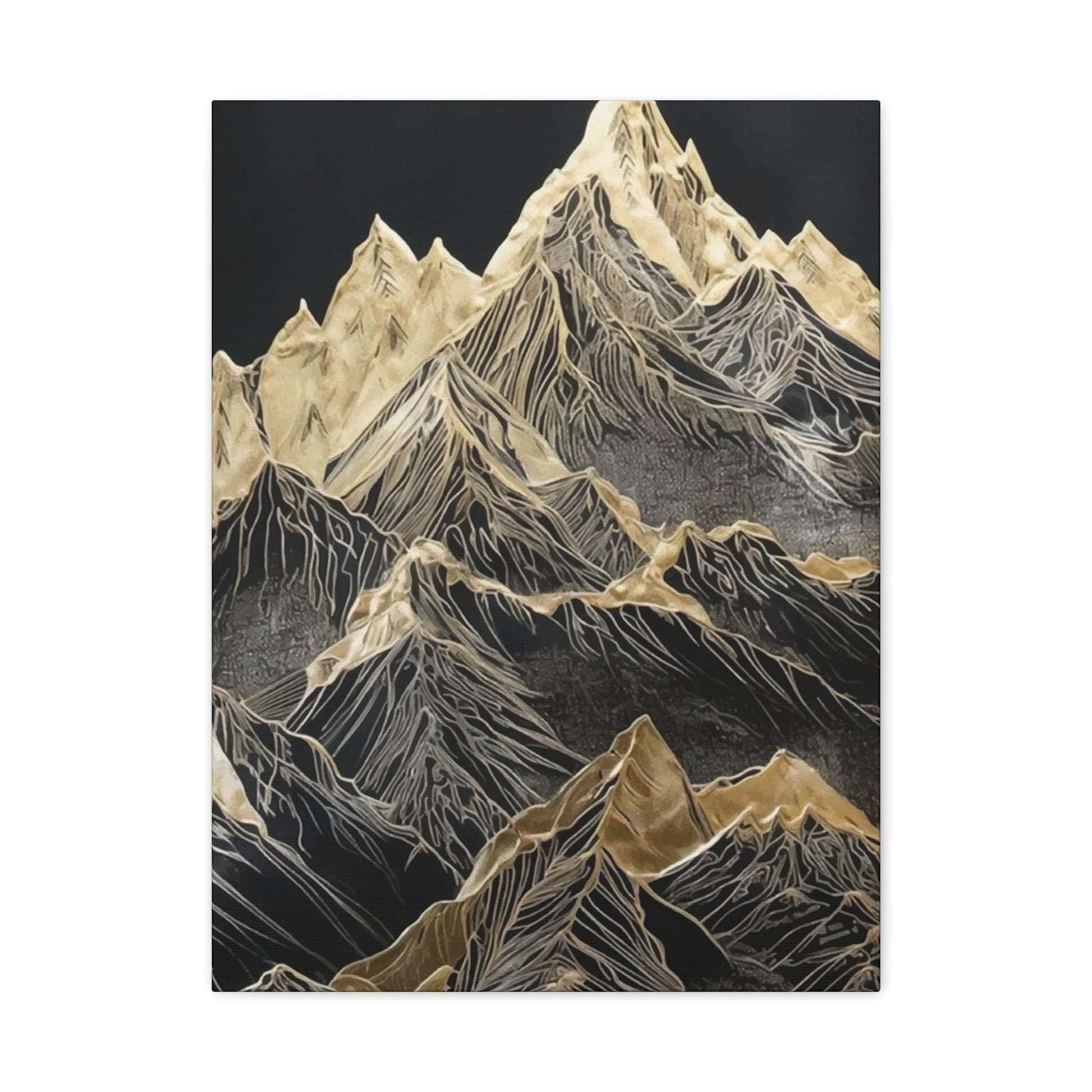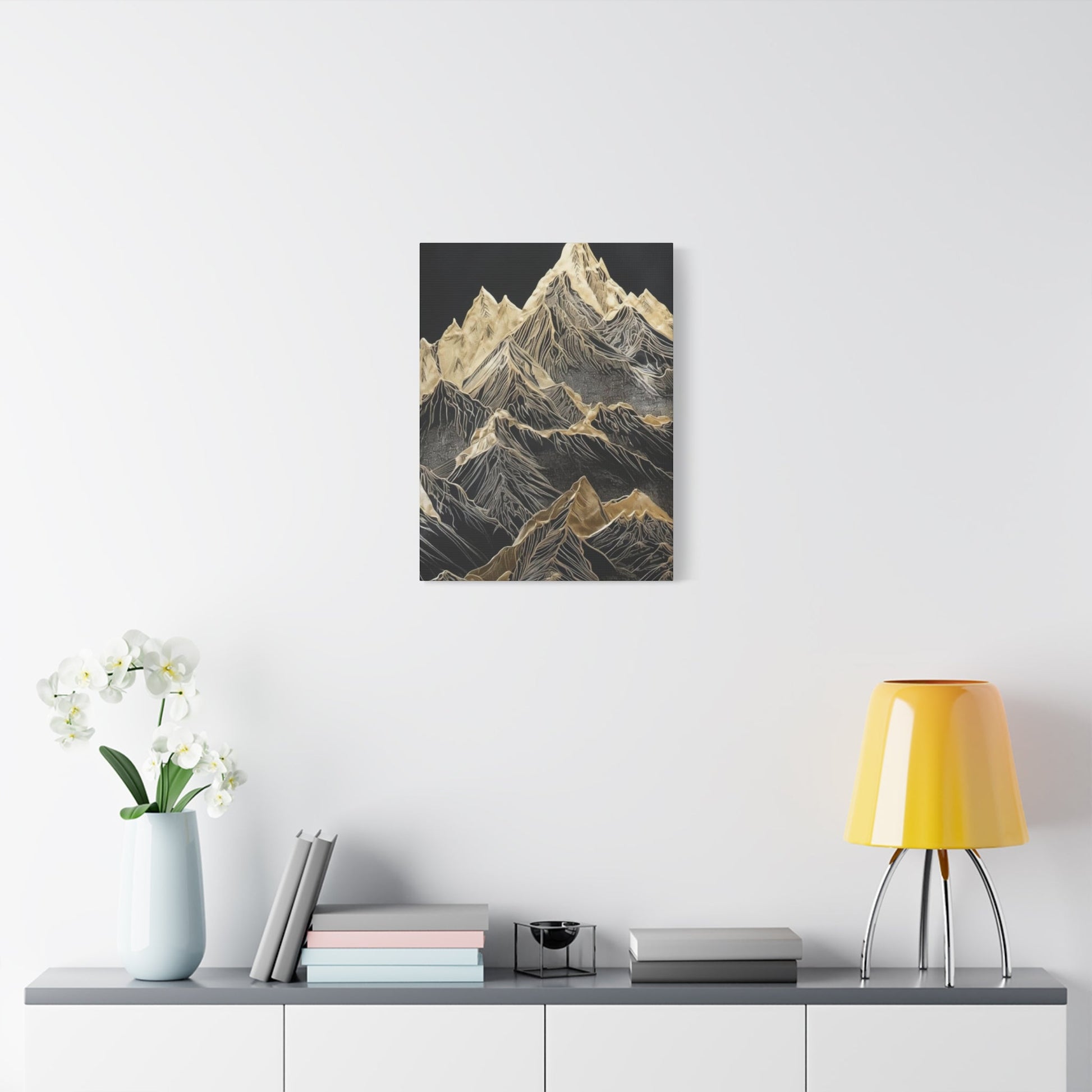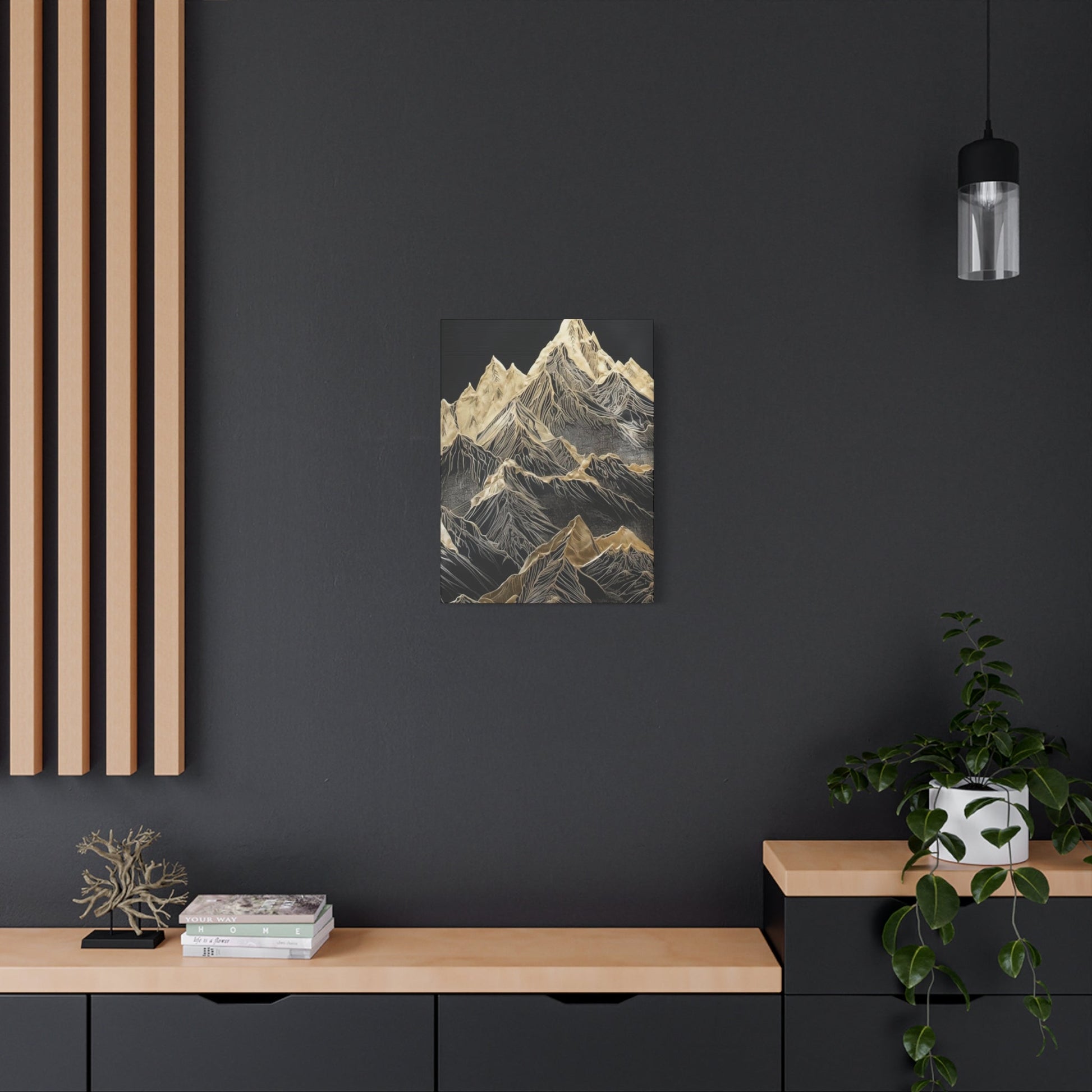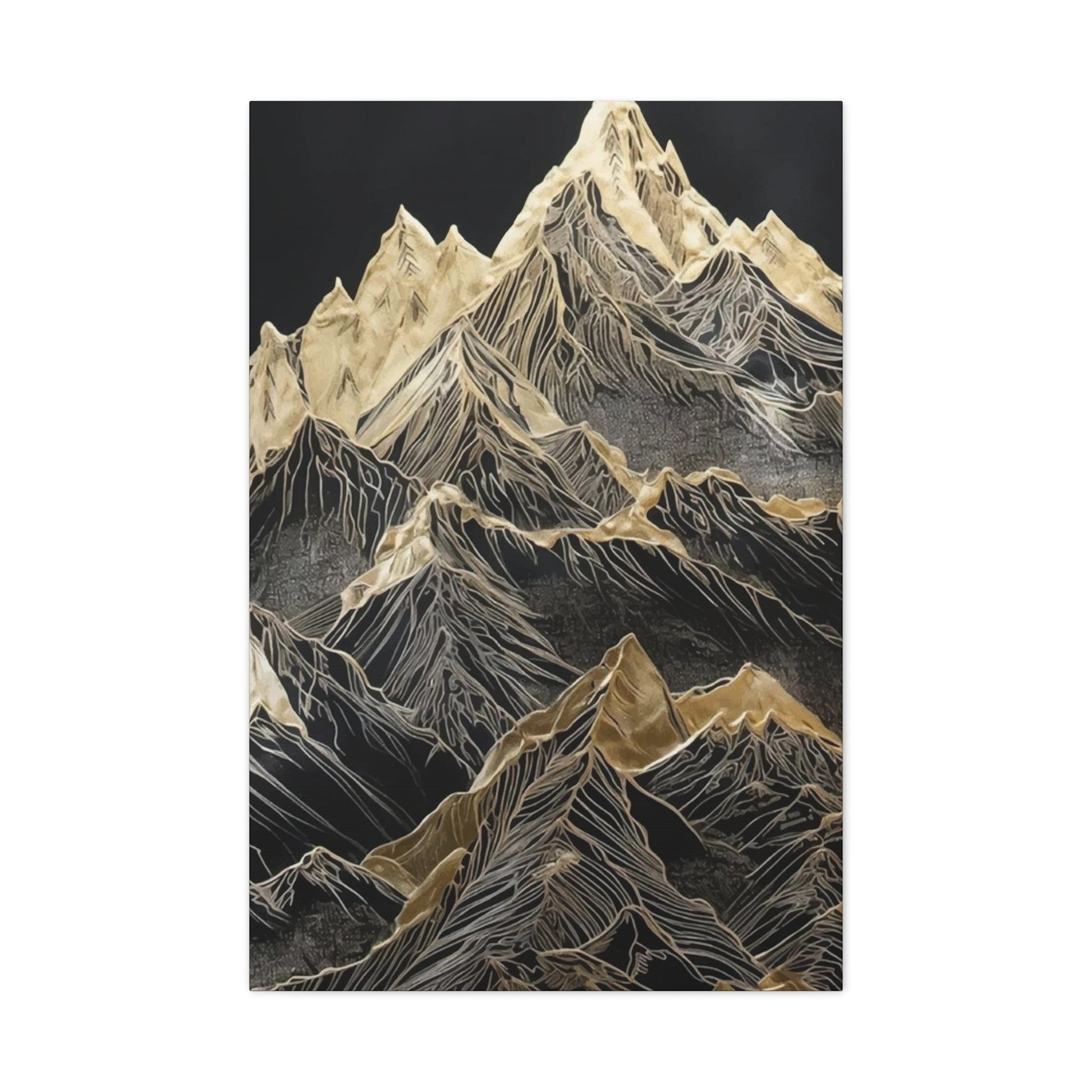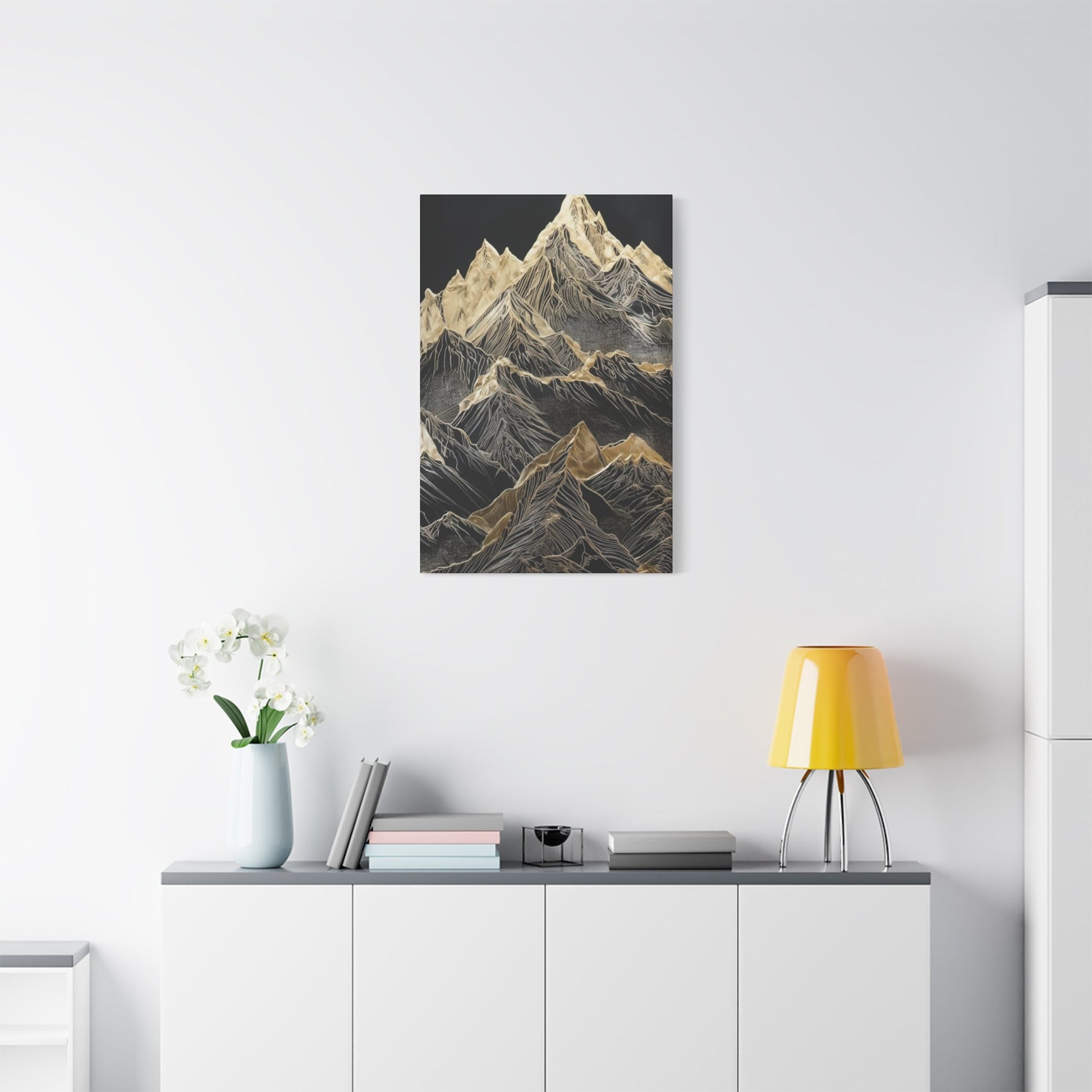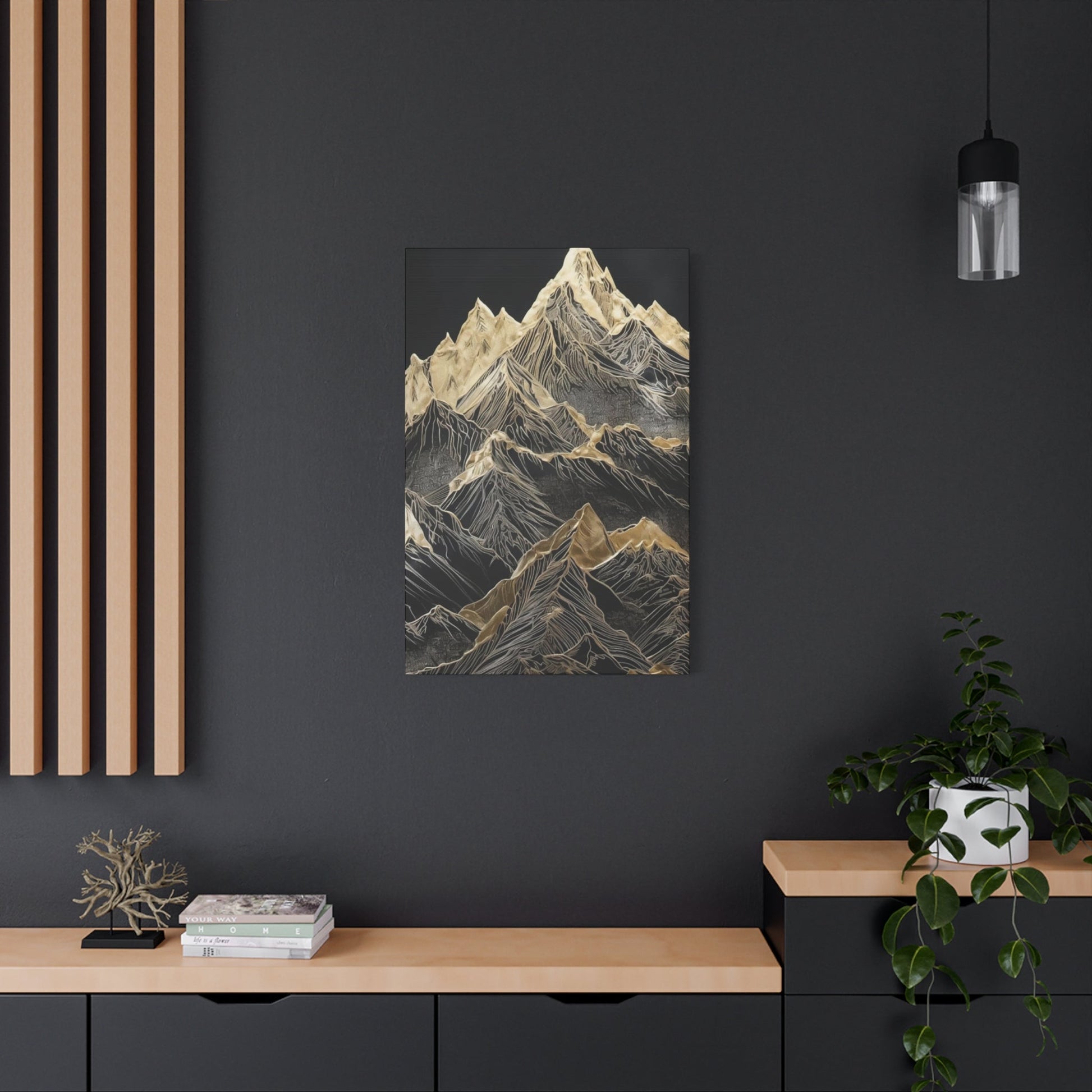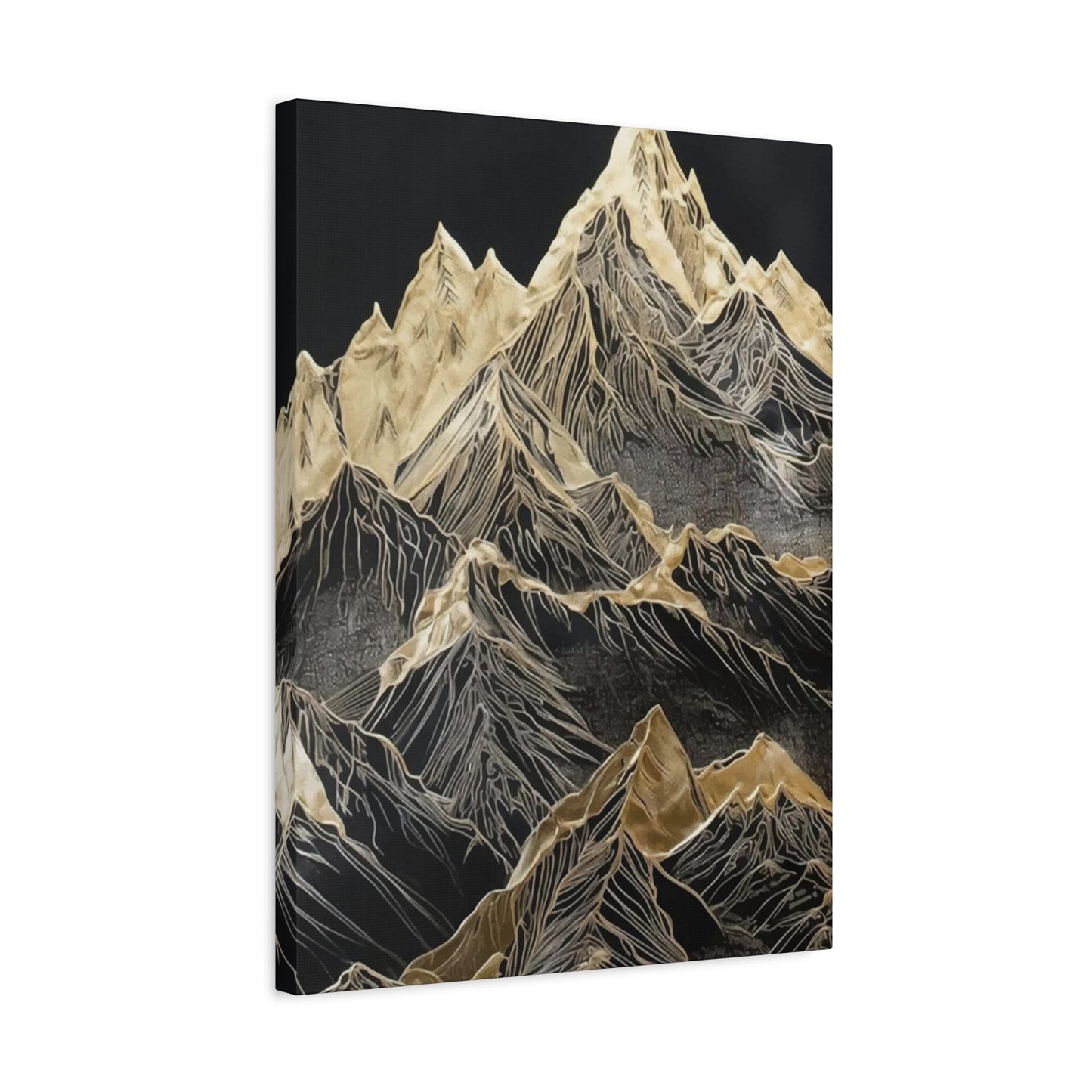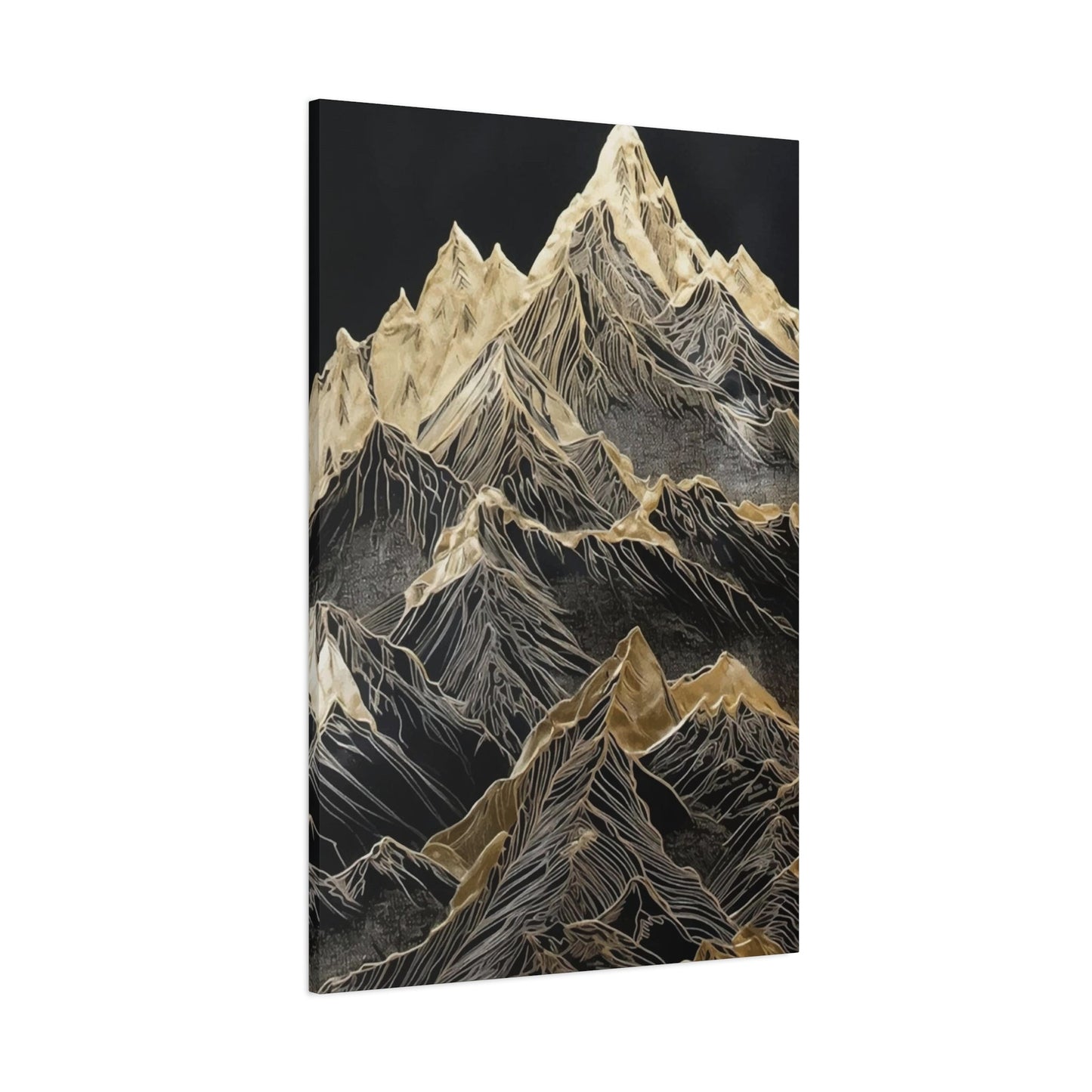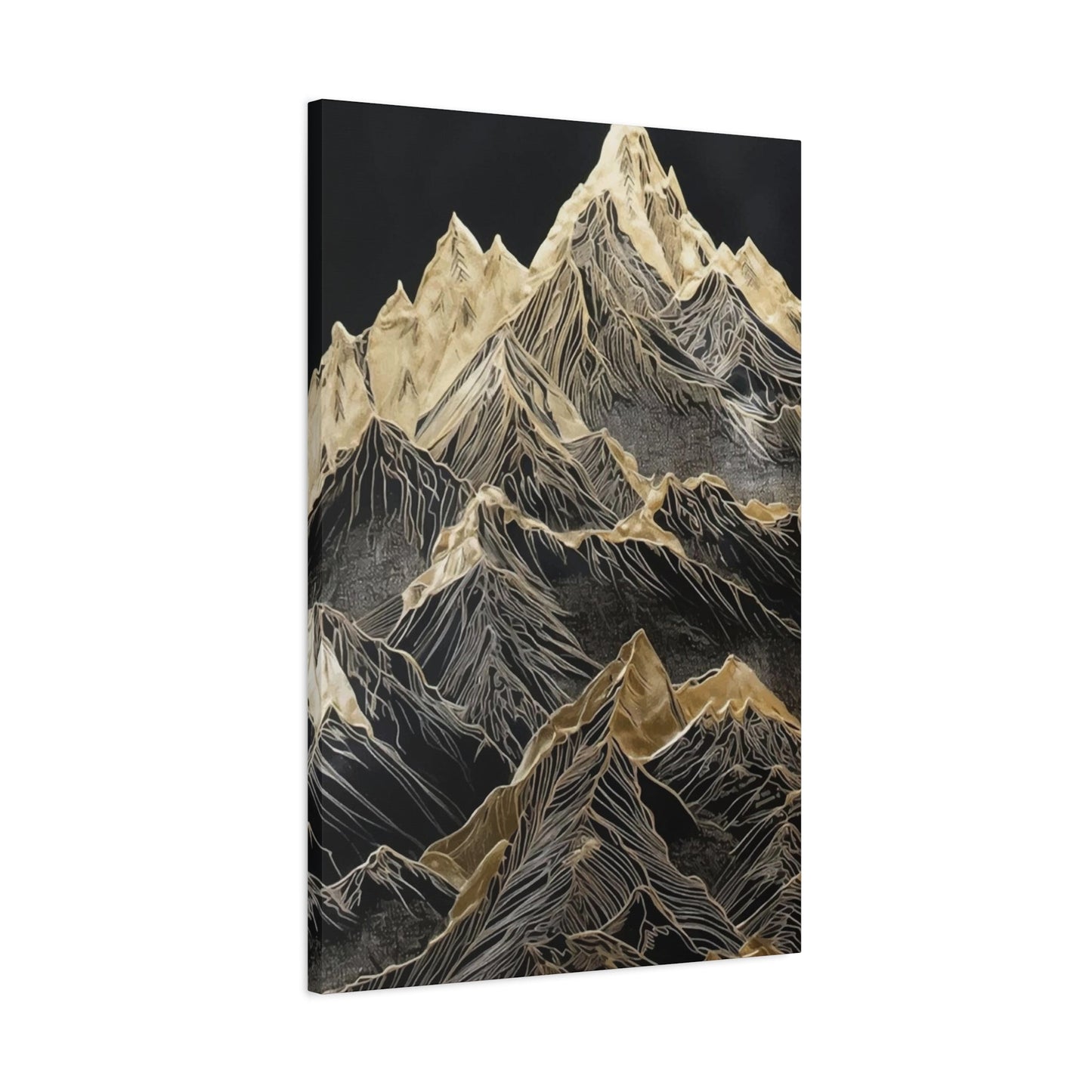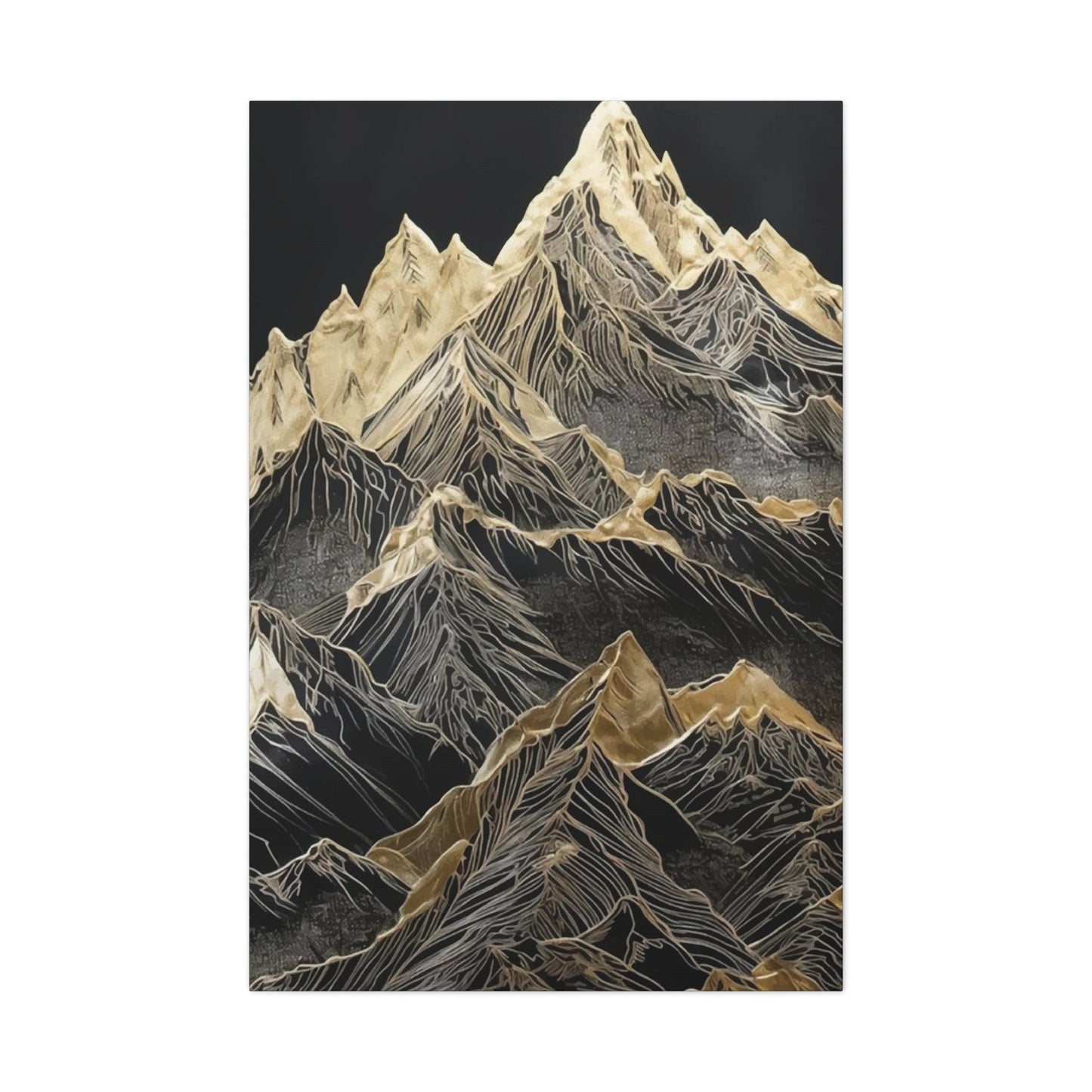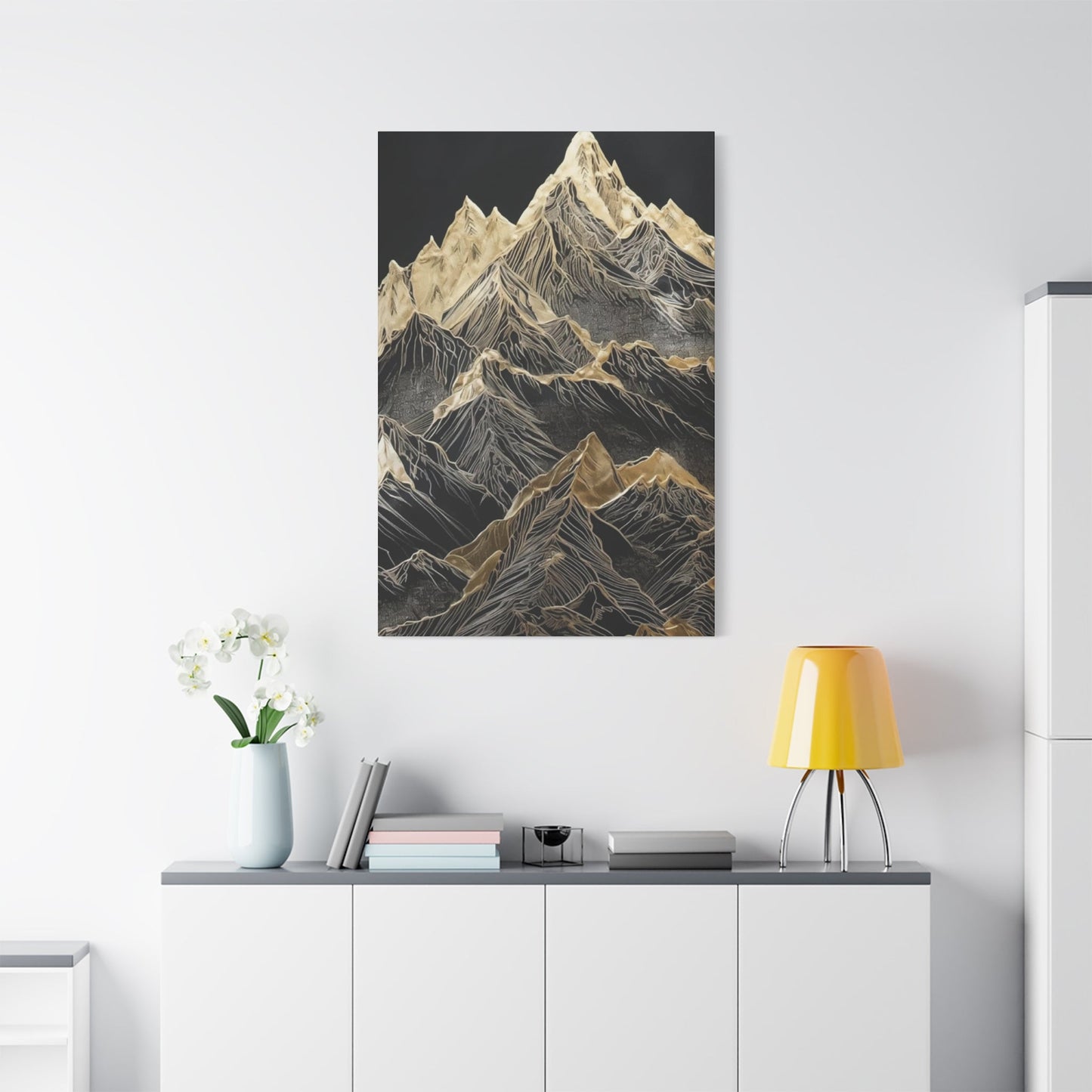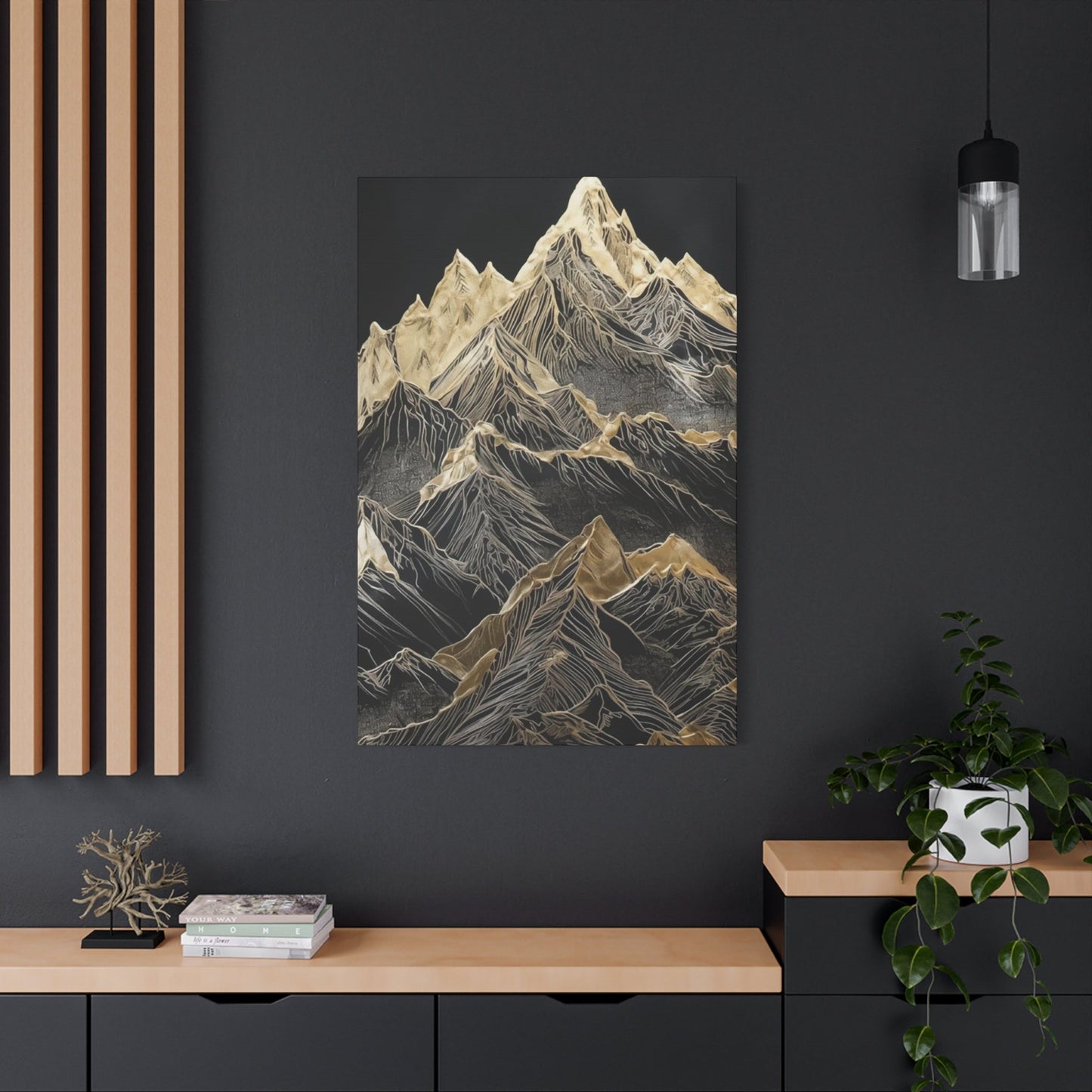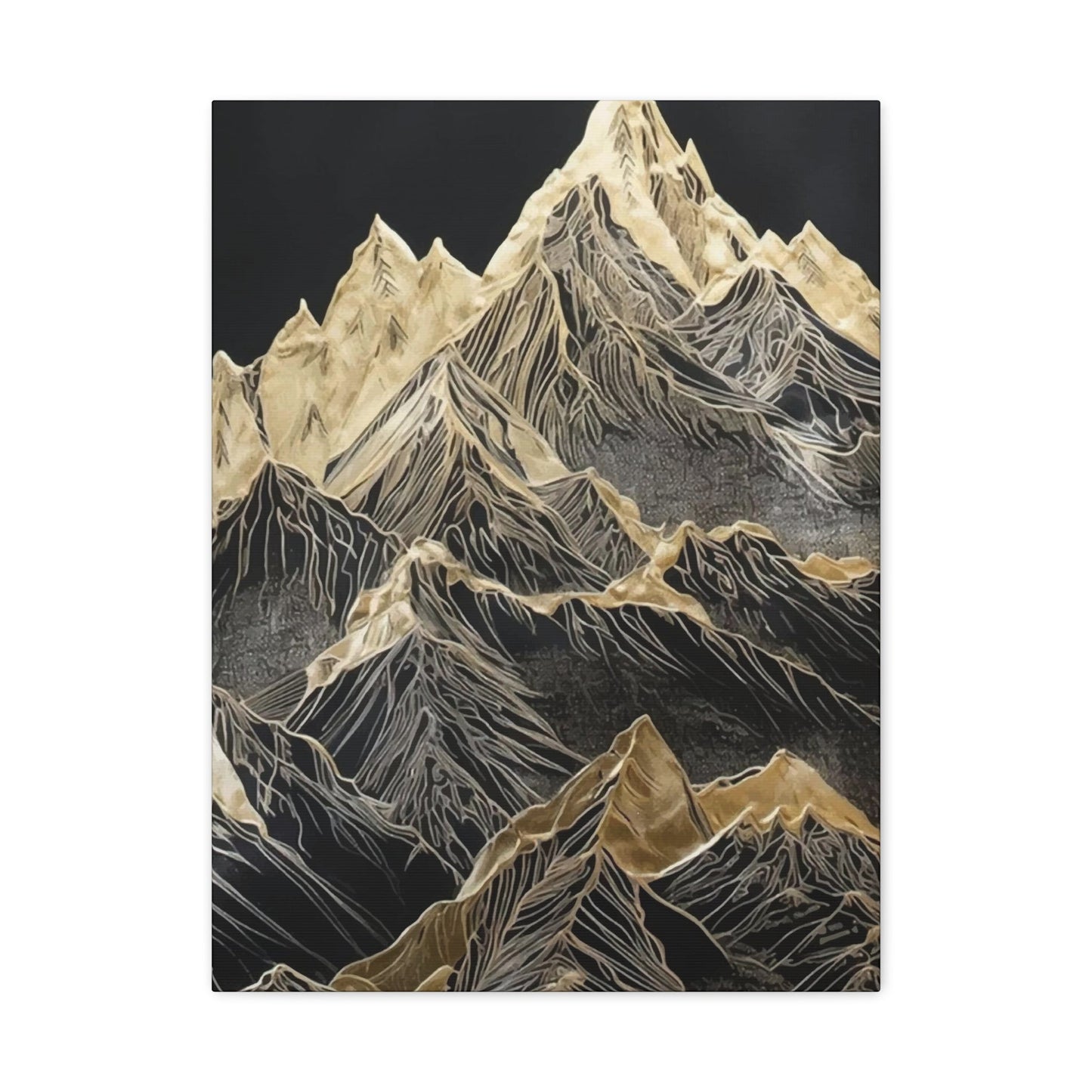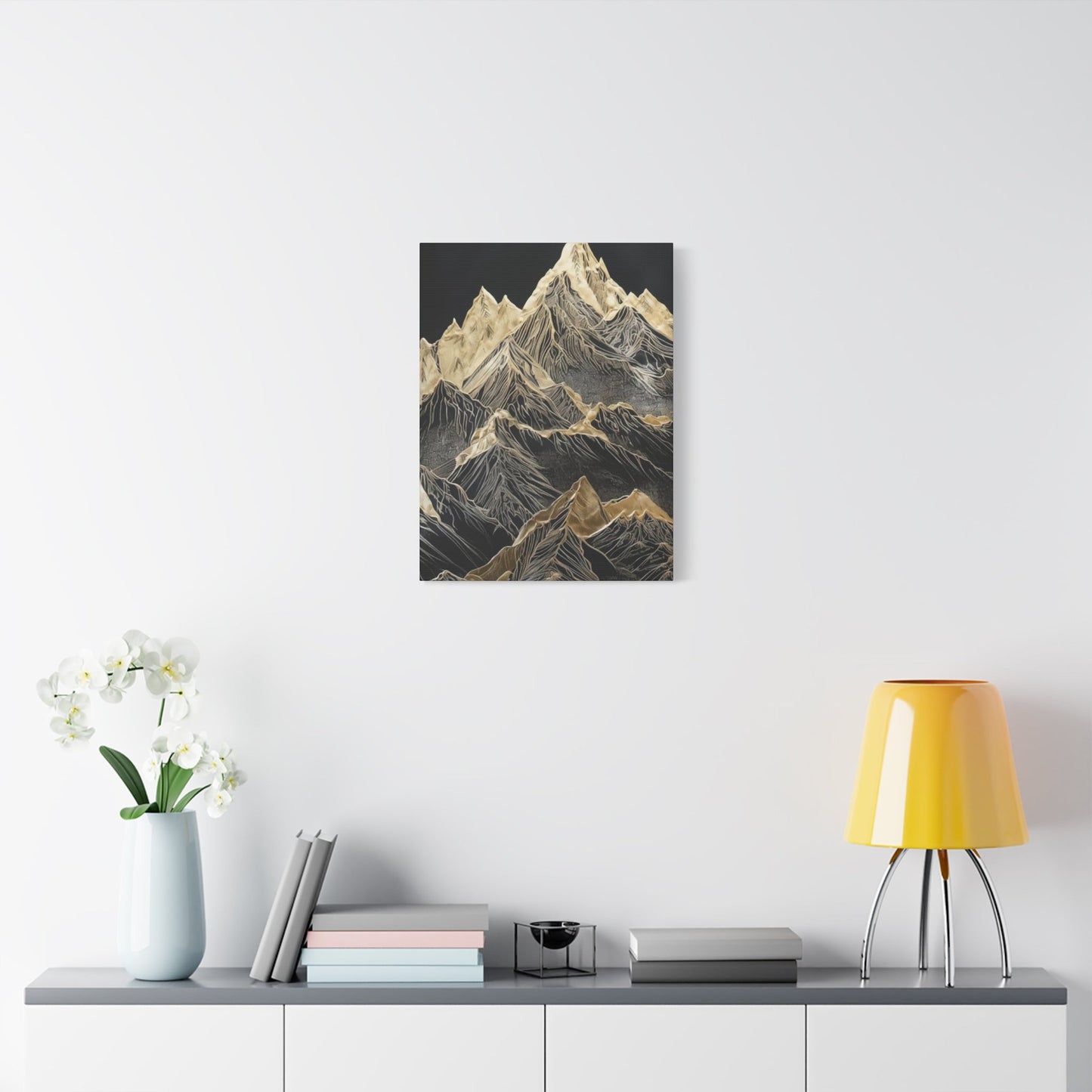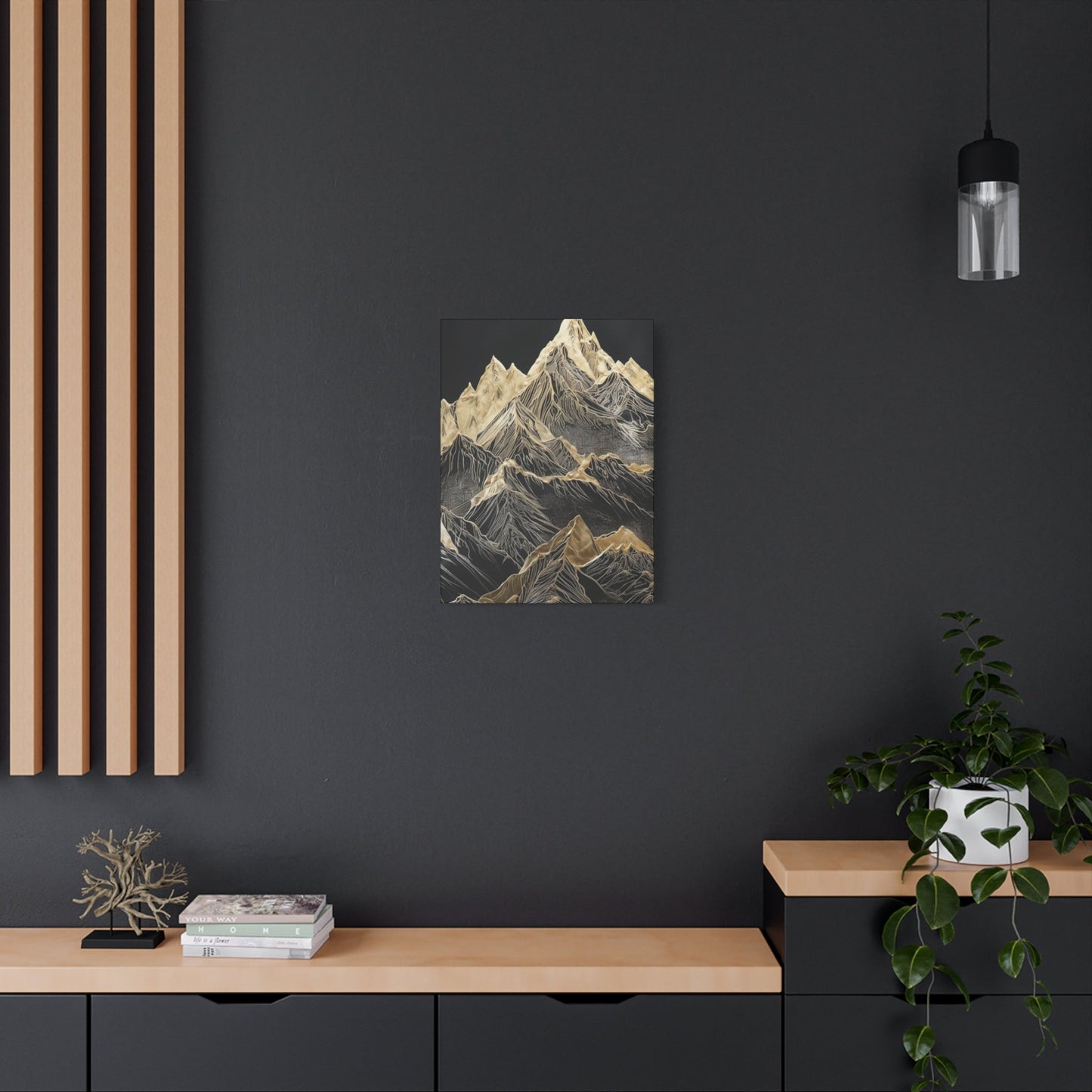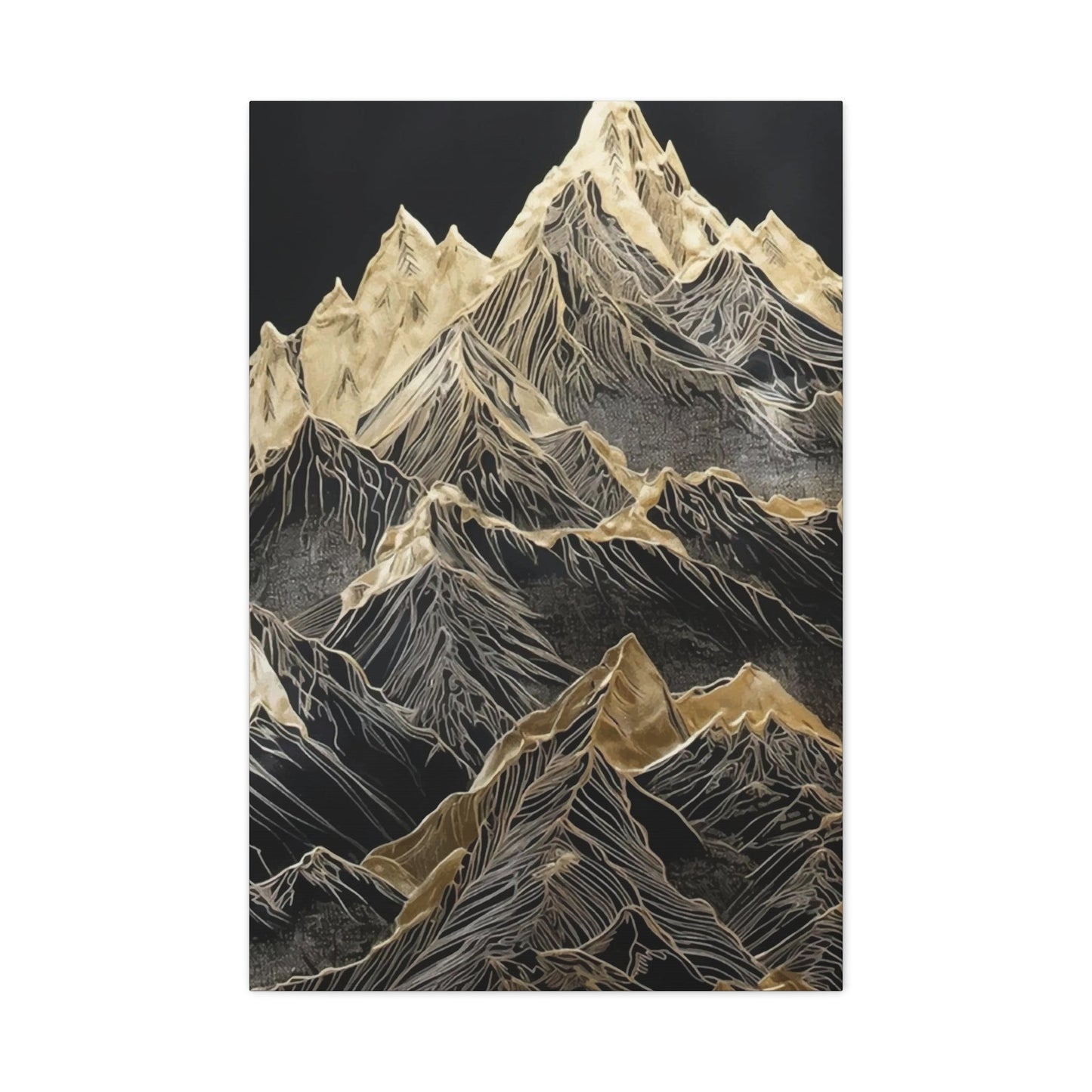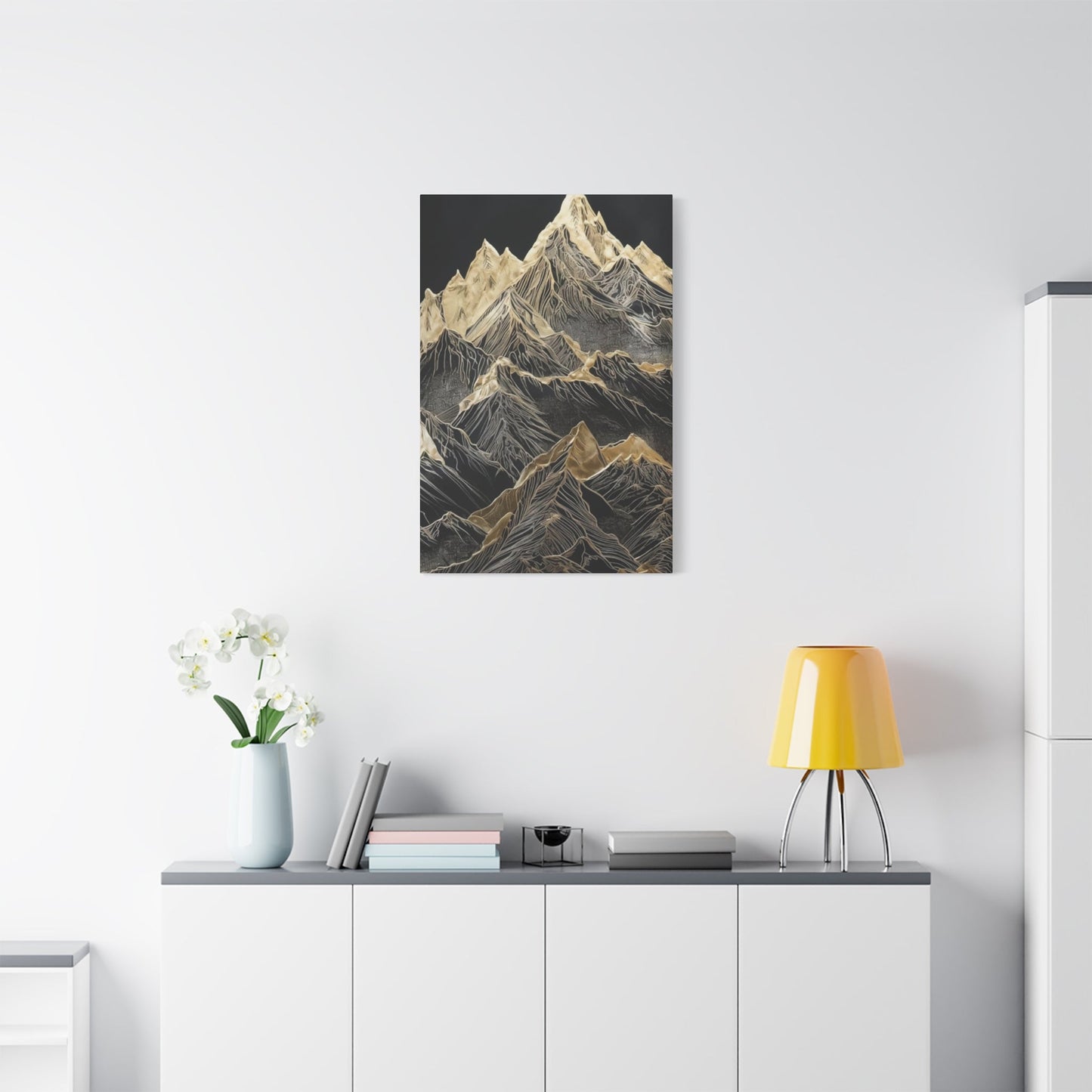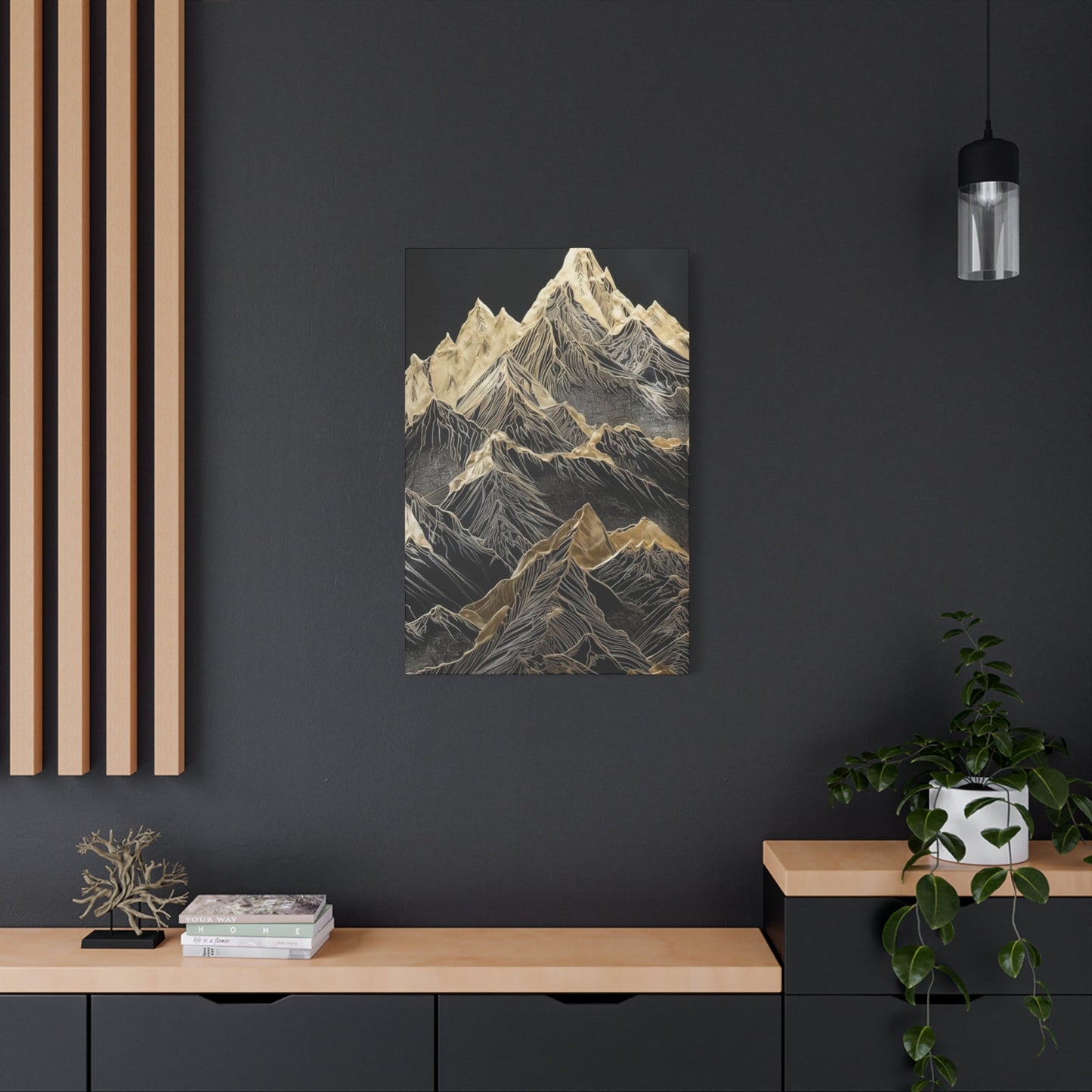Bring Shine and Sophistication to Your Home with Metallic Wall Art
Metallic wall art represents one of the most captivating and transformative decorative elements available for contemporary interior design. This remarkable form of artistic expression combines the raw beauty of metal with creative craftsmanship, resulting in pieces that can dramatically alter the ambiance and aesthetic appeal of any room. From sleek modern abstracts to intricate traditional designs, metallic wall art offers an unparalleled versatility that makes it suitable for virtually any decorative scheme or personal taste preference.
The allure of metallic wall art extends far beyond its visual impact. These stunning creations serve as focal points that draw the eye and create conversation, while simultaneously reflecting light in ways that can make spaces appear larger and more luminous. Whether crafted from aluminum, steel, copper, brass, or exotic alloys, each piece carries its own unique character and brings a distinct personality to the wall it adorns.
Understanding the profound impact that metallic wall art can have on your living environment requires exploring its various dimensions - from the materials and manufacturing processes involved to the countless ways these pieces can enhance different rooms and decorative styles. This comprehensive exploration will guide you through every aspect of selecting, caring for, and displaying metallic wall art to achieve maximum visual impact and personal satisfaction.
Rich Heritage and Evolution of Metal Artwork
The tradition of working with metals for decorative purposes stretches back thousands of years, with ancient civilizations demonstrating remarkable skill in creating both functional and purely aesthetic metal objects. From the intricate bronze work of ancient China to the elaborate ironwork of medieval Europe, metalworking has long been recognized as both a craft and an art form capable of producing objects of extraordinary beauty and lasting value.
Contemporary metallic wall art draws upon this rich heritage while embracing modern manufacturing processes and design philosophies. Today's artists and craftspeople have access to an unprecedented range of materials, tools, and techniques that allow them to push the boundaries of what's possible with metal as an artistic medium. The result is a diverse landscape of metallic wall art that ranges from simple, elegant forms to complex, multi-layered compositions that challenge traditional notions of wall decoration.
The evolution of metallic wall art has been significantly influenced by broader trends in architecture and interior design. As homes and commercial spaces have become increasingly open and minimalist, the demand for wall art that makes a strong visual statement without overwhelming the space has grown considerably. Metallic wall art, with its ability to create dramatic impact through form, texture, and light reflection rather than color alone, has proven particularly well-suited to these contemporary design preferences.
Modern metallic wall art also reflects changing attitudes toward materials and craftsmanship. There's a growing appreciation for pieces that showcase the inherent properties of their materials rather than disguising them. This has led to a renaissance in metal artwork that celebrates the natural patina, grain, and surface characteristics of different metals, creating pieces that age gracefully and develop character over time.
Diverse Materials Used in Metallic Wall Art Creation
The choice of material plays a crucial role in determining both the appearance and longevity of metallic wall art pieces. Each type of metal brings its own unique characteristics, working properties, and aesthetic qualities to the finished artwork. Understanding these differences can help you make informed decisions when selecting pieces that will best complement your space and personal preferences.
Aluminum stands out as one of the most popular materials for contemporary metallic wall art, offering an exceptional combination of workability, durability, and aesthetic appeal. This lightweight yet strong metal can be easily shaped, cut, and finished to create pieces ranging from sleek minimalist designs to complex sculptural forms. Aluminum's natural resistance to corrosion makes it an excellent choice for pieces that will be displayed in humid environments or areas with significant temperature fluctuations.
The versatility of aluminum extends to its finishing options, which range from brushed and polished surfaces to anodized treatments that can create virtually any color or texture desired. This adaptability has made aluminum a favorite among artists who want to create pieces that can harmonize with a wide variety of decorative schemes while maintaining their distinctive metallic character.
Stainless steel represents another popular choice for metallic wall art, particularly in contemporary and industrial design contexts. This material offers exceptional durability and a distinctive appearance that can range from mirror-like polish to subtle satin finishes. The inherent strength of stainless steel allows for the creation of large-scale pieces with minimal support structure, making it ideal for dramatic statement pieces that span significant wall areas.
The maintenance requirements for stainless steel metallic wall art are minimal, requiring only occasional cleaning with appropriate products to maintain its lustrous appearance. This low-maintenance characteristic, combined with its timeless aesthetic appeal, makes stainless steel an excellent investment for those seeking metallic wall art that will retain its beauty and value over many years.
Copper brings a warmth and richness to metallic wall art that few other materials can match. This metal's natural color variations and its tendency to develop patina over time create pieces that are truly living artworks, constantly evolving in appearance as they age. The malleability of copper allows for intricate detailing and complex forming operations that can result in pieces of extraordinary beauty and sophistication.
Working with copper requires specialized knowledge and techniques, as this metal responds differently to various treatments and environmental conditions than harder metals like steel or aluminum. However, the unique aesthetic qualities that copper brings to metallic wall art make the extra effort worthwhile for many artists and collectors.
Brass offers another dimension in metallic wall art creation, providing a golden warmth that can complement both traditional and contemporary decorative schemes. This alloy of copper and zinc combines the workability of copper with enhanced strength and durability, making it suitable for both delicate decorative elements and substantial structural components within a piece.
The natural antimicrobial properties of brass make it particularly suitable for pieces that will be displayed in areas where cleanliness is important, while its distinctive color and finish characteristics ensure that brass metallic wall art pieces remain visually striking throughout their lifespan.
Different Styles and Design Approaches in Metal Wall Art
The world of metallic wall art encompasses an incredibly diverse range of styles, each offering unique aesthetic qualities and emotional resonances. Understanding these different approaches can help you identify pieces that will best complement your space and personal taste preferences while creating the desired atmospheric effects.
Contemporary abstract metallic wall art represents one of the most popular and versatile categories, offering pieces that can serve as stunning focal points without competing with other decorative elements in the room. These works often emphasize form, texture, and light interaction rather than representational imagery, making them suitable for a wide range of interior design styles from ultra-modern to transitionally decorated spaces.
Abstract metallic wall art pieces frequently incorporate geometric elements, flowing organic forms, or combinations of both to create compositions that engage viewers on multiple levels. The interplay between positive and negative space becomes particularly important in these works, as the metal elements define not only their own forms but also the spaces between them, creating complex visual relationships that can be appreciated from multiple viewing angles.
Representational metallic wall art takes a different approach, using metal as a medium to depict recognizable subjects ranging from natural forms like trees and animals to architectural elements and human figures. These pieces require exceptional skill in metalworking, as the artist must not only master the technical aspects of shaping and finishing metal but also capture the essential characteristics of their chosen subject matter.
The challenge of creating representational metallic wall art lies in translating three-dimensional subjects into compositions that work effectively when mounted flat against a wall. Successful pieces in this category often employ clever use of layering, shadow creation, and surface texturing to suggest depth and dimensionality that makes the artwork appear to extend beyond the confines of the wall surface.
Nature-inspired metallic wall art represents a particularly popular subcategory that combines the organic beauty of natural forms with the industrial character of metal materials. These pieces might depict stylized trees with intricate branch patterns, flowing water forms, or abstract interpretations of geological formations. The contrast between the natural subjects and the manufactured medium creates visual tension that can be both soothing and energizing.
Industrial-style metallic wall art embraces the raw, utilitarian aesthetic of metal in its functional contexts while transforming it into purely decorative elements. These pieces often incorporate elements like exposed fasteners, weathered surfaces, and geometric forms that reference machinery, architecture, or industrial processes. The appeal of industrial metallic wall art lies in its honest expression of material properties and its ability to bring an urban, contemporary edge to residential and commercial spaces.
Sculptural metallic wall art pushes the boundaries between traditional wall-mounted artwork and three-dimensional sculpture, creating pieces that project significantly from the wall surface and interact with the surrounding space in complex ways. These works often incorporate multiple layers, moveable elements, or integrated lighting to create dynamic compositions that change appearance throughout the day or in response to viewer interaction.
Selecting the Perfect Metallic Wall Art for Your Space
Choosing the right metallic wall art for your space involves careful consideration of numerous factors, from the physical characteristics of the room to your personal aesthetic preferences and lifestyle requirements. The process begins with a thorough assessment of the space where the artwork will be displayed, taking into account factors like wall size, ceiling height, lighting conditions, and existing decorative elements.
Scale represents one of the most critical considerations when selecting metallic wall art. A piece that's too small for its intended location will appear lost and ineffective, while one that's too large can overwhelm the space and create visual imbalance. The general rule suggests that wall art should occupy approximately two-thirds to three-quarters of the available wall space, but this guideline should be adjusted based on the specific characteristics of both the room and the artwork.
The relationship between metallic wall art and existing room elements requires careful consideration to ensure harmonious integration. Consider how the metal's finish and color will interact with other materials in the room, such as wood furniture, fabric upholstery, and painted surfaces. The goal is to create complementary relationships that enhance all elements rather than creating visual conflicts.
Lighting plays a crucial role in the effectiveness of metallic wall art, as these pieces depend heavily on light reflection and interaction to achieve their full visual impact. Consider both natural and artificial light sources when evaluating potential locations, and think about how lighting conditions change throughout the day. Some metallic wall art pieces include integrated lighting elements that can provide consistent illumination regardless of ambient conditions.
The architectural characteristics of your space should also influence your metallic wall art selection. High ceilings can accommodate larger, more dramatic pieces, while rooms with strong architectural details might benefit from simpler, more understated artworks that complement rather than compete with existing features. Similarly, open floor plans might call for pieces that can be appreciated from multiple viewing angles and distances.
Consider the functional requirements of the space when selecting metallic wall art. Areas with high humidity, temperature fluctuations, or potential for physical contact may require pieces made from more durable materials with appropriate protective finishes. Similarly, spaces where easy cleaning is important might benefit from pieces with smooth surfaces and minimal crevices where dust and debris can accumulate.
Your personal lifestyle and preferences should ultimately guide the selection process. If you enjoy frequently rearranging your living space, consider pieces that are relatively lightweight and easy to relocate. If you prefer long-term decorative commitments, you might invest in larger, more substantial pieces that will serve as permanent focal points.
Mastering the Art of Displaying Metallic Wall Art
The way metallic wall art is displayed can dramatically affect its visual impact and the overall success of your decorating effort. Proper display involves not only secure mounting and appropriate positioning but also thoughtful consideration of how the piece interacts with its surroundings and how it can be most effectively presented to achieve maximum aesthetic impact.
Height placement represents one of the most fundamental aspects of displaying metallic wall art effectively. The center of most artworks should be positioned at approximately 57 to 60 inches from the floor, which corresponds to average eye level for most viewers. However, this guideline should be adjusted based on the specific characteristics of both the artwork and the viewing environment.
In rooms with high ceilings, metallic wall art can be positioned slightly higher to maintain proper proportional relationships with the architectural space. Conversely, in areas where viewers will typically be seated, such as dining rooms or living rooms, the artwork might be positioned somewhat lower to ensure comfortable viewing from the primary seating positions.
The spacing between multiple pieces of metallic wall art requires careful consideration to create cohesive groupings that enhance rather than compete with each other. When displaying multiple pieces together, maintain consistent spacing of 2 to 4 inches between individual elements, with larger gaps used for pieces of significantly different sizes or styles.
Creating gallery walls with metallic wall art offers opportunities for dynamic and engaging displays, but requires careful planning to achieve balanced compositions. Start by arranging pieces on the floor or creating paper templates to experiment with different configurations before committing to wall mounting. The goal is to create visual balance through careful distribution of visual weight, color, and form across the entire grouping.
Lighting design plays a crucial role in the effective display of metallic wall art, as these pieces depend on light interaction to achieve their full visual potential. Consider installing dedicated artwork lighting such as track lights, picture lights, or strategically positioned accent fixtures to ensure consistent and flattering illumination.
The angle and intensity of lighting can dramatically affect how metallic wall art appears to viewers. Experiment with different lighting positions and intensities to find arrangements that minimize unwanted glare while maximizing the piece's reflective and textural qualities. Many metallic artworks benefit from lighting that comes from multiple directions to prevent harsh shadows and reveal all aspects of the piece's surface treatment.
Wall preparation is essential for successful metallic wall art display, particularly for larger or heavier pieces. Ensure that mounting surfaces are structurally sound and capable of supporting the artwork's weight safely. Consider the type of wall construction and select appropriate mounting hardware designed for the specific wall material and artwork weight.
For rental properties or situations where permanent mounting is not desirable, explore alternative display options such as easel-style floor stands, temporary mounting systems, or modular display panels that can be easily relocated or removed without damaging wall surfaces.
Creating Stunning Visual Impact with Strategic Placement
The strategic placement of metallic wall art can transform ordinary rooms into extraordinary spaces that captivate and inspire. Understanding how to position these pieces for maximum visual impact involves consideration of sightlines, traffic patterns, and the psychological effects of different placement strategies.
Entry areas and foyers present ideal opportunities for creating memorable first impressions with metallic wall art. These spaces typically benefit from bold, welcoming pieces that set the tone for the entire home while providing an immediate sense of the homeowner's aesthetic sensibilities. The reflective qualities of metal can help brighten these often-challenging spaces while creating visual interest that draws visitors further into the home.
Living rooms, as the primary gathering spaces in most homes, offer numerous opportunities for metallic wall art placement. Consider positioning larger pieces above sofas or along prominent walls where they can serve as focal points for seating arrangements. The reflective properties of metallic artwork can help distribute light throughout the room while adding sophisticated visual texture that complements furniture and other decorative elements.
Dining rooms present unique challenges and opportunities for metallic wall art display. These spaces often feature prominent wall areas that can accommodate substantial artworks, while the social nature of dining creates opportunities for pieces that encourage conversation and interaction. Consider how the artwork will appear under different lighting conditions, from bright daylight during casual meals to intimate evening lighting during formal entertaining.
Bedroom environments benefit from metallic wall art that creates calming, sophisticated atmospheres conducive to rest and relaxation. Avoid pieces with sharp edges or aggressive forms that might create visual tension, instead favoring flowing, organic shapes or gentle geometric patterns that promote tranquility. The position of bedroom metallic wall art should consider both standing and lying viewing angles to ensure the piece remains visually pleasing from all relevant perspectives.
Hallways and corridors, often overlooked in decorating schemes, can be transformed into gallery-like experiences through thoughtful placement of metallic wall art. These transitional spaces provide opportunities for creating visual continuity between rooms while offering intimate viewing experiences for pieces that might be overwhelmed in larger spaces.
Bathrooms and powder rooms, despite their utilitarian functions, can benefit significantly from appropriate metallic wall art selections. Choose pieces crafted from materials that can withstand humidity and temperature fluctuations while providing visual interest that elevates these spaces beyond their purely functional roles.
Exploring Color Coordination and Aesthetic Harmony
Successfully integrating metallic wall art into existing decorative schemes requires understanding how different metal finishes interact with colors, textures, and other design elements. The neutral nature of most metallic finishes makes them inherently versatile, but thoughtful coordination can elevate good combinations into extraordinary design achievements.
Warm metal tones, including copper, brass, and bronze finishes, naturally complement earth-toned color palettes featuring browns, oranges, deep reds, and golden yellows. These combinations create inviting, comfortable atmospheres that feel both sophisticated and approachable. The organic warmth of these metals can soften contemporary spaces while adding richness to traditional decorating schemes.
Cool metal tones, such as aluminum, stainless steel, and pewter finishes, harmonize beautifully with blues, greens, grays, and pure whites. These combinations tend to create crisp, clean aesthetics that feel fresh and contemporary. The reflective qualities of cool metals can enhance the sense of spaciousness in smaller rooms while adding sophisticated contrast to warm-colored furnishings and accessories.
Monochromatic color schemes provide excellent backdrops for metallic wall art, allowing the pieces to serve as primary sources of visual interest and textural contrast. Gray-based monochromatic schemes are particularly effective, as they provide neutral backgrounds that allow metallic elements to shine while maintaining sophisticated, cohesive appearances.
Bold color combinations can create dramatic effects when paired thoughtfully with metallic wall art. Deep jewel tones like emerald green, sapphire blue, or rich purple can provide stunning contrasts for both warm and cool metal finishes, creating sophisticated, luxurious atmospheres that feel both contemporary and timeless.
The interaction between metallic wall art and existing metallic elements in the room requires careful consideration to avoid visual conflicts or overwhelming effects. While perfect matching isn't necessary or always desirable, maintaining some relationship between different metallic elements helps create cohesive, intentional-looking spaces.
Consider the undertones present in painted walls when selecting metallic wall art finishes. Warm whites and creams pair naturally with warm metal tones, while cool whites and grays complement cool metal finishes. Understanding these subtle relationships can help ensure that your metallic wall art enhances rather than conflicts with existing color choices.
Incorporating Metallic Wall Art into Different Interior Design Styles
The versatility of metallic wall art allows it to complement a wide range of interior design styles, from ultra-contemporary minimalism to traditional and transitional aesthetics. Understanding how to select and display metallic pieces that enhance rather than conflict with your chosen design style is essential for achieving cohesive, successful decorating results.
Contemporary and modern interior design styles provide natural contexts for metallic wall art, as these approaches typically embrace industrial materials and clean, unadorned forms. Sleek, geometric metallic pieces complement the streamlined furniture and neutral color palettes common in contemporary spaces while adding visual interest through texture and light reflection rather than color or pattern.
The key to successfully incorporating metallic wall art into contemporary spaces lies in selecting pieces that share the style's emphasis on form over ornamentation. Look for works that celebrate the inherent properties of their materials rather than disguising them, and choose pieces with clean lines and minimal surface decoration that won't compete with the overall aesthetic simplicity.
Traditional interior design styles can also benefit from carefully selected metallic wall art, though the approach differs significantly from contemporary contexts. Traditional spaces often favor metallic pieces that reference classical motifs, natural forms, or historical decorative traditions. Wrought iron-style pieces, botanical themes, and ornate geometric patterns can complement traditional furnishings while adding contemporary relevance.
When incorporating metallic wall art into traditional settings, consider pieces with warmer metal tones like brass or copper that harmonize with the rich woods, deep colors, and luxurious fabrics typically found in these environments. The goal is to create bridges between past and present that feel natural and unforced.
Transitional design styles, which blend contemporary and traditional elements, offer perhaps the greatest flexibility for metallic wall art incorporation. These spaces can accommodate pieces that range from simple and modern to more ornate and decorative, provided they maintain appropriate scale and don't overwhelm other design elements.
Industrial design styles embrace metallic wall art as natural expressions of their core aesthetic principles. Raw, unfinished metals, exposed structural elements, and pieces that reference machinery or urban environments all work well within industrial contexts. The key is selecting pieces that feel authentic to the industrial aesthetic rather than merely decorative interpretations of industrial themes.
Rustic and farmhouse design styles can incorporate metallic wall art through pieces that reference rural, agricultural, or natural themes. Weathered metal finishes, botanical motifs, and pieces that suggest handcrafted rather than machine-made origins work well in these contexts. The goal is maintaining the casual, comfortable feeling that defines these styles while adding sophisticated visual elements.
Preserving Your Metallic Wall Art Investment
Proper care and preservation of metallic wall art ensures that these valuable pieces maintain their beauty and structural integrity throughout their lifespans. Different metals require different care approaches, but understanding basic principles of metal preservation can help protect your investment while keeping your artwork looking its best.
Regular cleaning represents the most important aspect of metallic wall art care, preventing the accumulation of dust, dirt, and pollutants that can dull surfaces and potentially cause long-term damage. The frequency and methods of cleaning depend on the specific metal type, surface finish, and environmental conditions where the piece is displayed.
Aluminum metallic wall art generally requires minimal maintenance, typically needing only periodic dusting with soft, dry cloths or gentle cleaning with mild soap and water solutions. Avoid abrasive cleaners or scrubbing pads that could scratch the surface finish, and always dry thoroughly after wet cleaning to prevent water spotting.
Stainless steel pieces benefit from regular cleaning with specialized stainless steel cleaners that remove fingerprints, water spots, and environmental contaminants while leaving protective finishes that resist future soiling. Follow the grain pattern when cleaning brushed stainless steel surfaces to maintain the intended appearance and avoid creating visible scratches.
Copper metallic wall art requires more specialized care due to this metal's tendency to develop patina and its sensitivity to certain environmental conditions. Some collectors prefer to allow natural patination to occur, viewing it as part of the piece's evolving character, while others prefer to maintain the original bright copper appearance through regular polishing with appropriate metal polishes.
Environmental control plays a significant role in preserving metallic wall art, particularly for pieces crafted from metals susceptible to corrosion or other forms of degradation. Maintain consistent humidity levels between 30 and 50 percent when possible, and avoid displaying pieces in areas with extreme temperature fluctuations or direct exposure to moisture.
Air quality impacts the longevity and appearance of metallic wall art, particularly in urban environments where pollutants can accelerate surface degradation. Consider air filtration systems in rooms where valuable metallic artworks are displayed, and be particularly vigilant about cleaning pieces displayed in kitchens or other areas where airborne contaminants are common.
Handle metallic wall art with clean hands or cotton gloves to prevent transferring oils, acids, and other contaminants from skin contact. When moving or adjusting pieces, support them properly to avoid stress concentrations that could cause bending or other structural damage.
Document the condition of your metallic wall art pieces through regular photography, noting any changes in appearance or structural condition over time. This documentation can be valuable for insurance purposes and can help identify developing problems before they become serious.
Professional conservation services may be necessary for valuable or historically significant metallic wall art pieces. Establish relationships with qualified conservators before problems develop, and don't attempt repairs or restorations beyond simple cleaning unless you have appropriate expertise and materials.
Lighting Design for Maximum Visual Impact
The interaction between light and metallic wall art creates some of the most stunning visual effects possible in interior design. Understanding how to design lighting systems that enhance these pieces while avoiding common problems like glare and unwanted reflections is essential for achieving professional-quality results.
Natural light provides the most dynamic and ever-changing illumination for metallic wall art, creating effects that shift throughout the day as the sun's angle and intensity change. Position pieces where they can benefit from natural light while avoiding direct sunlight that might cause glare or create harsh shadows. North-facing walls often provide the most consistent natural illumination throughout the day.
Artificial lighting systems offer more control and consistency for metallic wall art display, allowing you to create precisely the effects you desire regardless of time of day or weather conditions. Track lighting systems provide exceptional flexibility, allowing you to adjust both the position and angle of individual fixtures to optimize illumination for specific pieces.
LED technology has revolutionized lighting for metallic wall art, offering energy-efficient solutions with excellent color rendering properties and minimal heat generation. The narrow beam angles available with many LED fixtures allow for precise lighting control that can emphasize specific aspects of metallic artworks while minimizing unwanted spillover light.
The angle of lighting incidence significantly affects how metallic wall art appears to viewers. Lighting that strikes the surface at shallow angles tends to emphasize texture and surface treatments, while more perpendicular lighting angles minimize shadows and provide more even overall illumination. Experiment with different angles to find the combination that best showcases your particular pieces.
Multiple light sources often work better than single fixtures for illuminating metallic wall art, as they can minimize harsh shadows while providing more even coverage across complex three-dimensional forms. Consider combining track lighting with ambient room lighting to create layered lighting effects that enhance the artwork while maintaining comfortable overall room illumination.
Color temperature selection impacts how metallic finishes appear under artificial lighting. Warm white light (2700-3000K) tends to enhance the appearance of warm metal tones like copper and brass, while cool white light (3500-4000K) may be more flattering for cool metals like aluminum and stainless steel. Some installations benefit from tunable LED systems that allow color temperature adjustment for different viewing purposes.
Dimming controls add versatility to metallic wall art lighting systems, allowing you to adjust intensity levels for different activities and moods. Bright illumination might be appropriate for detailed viewing and appreciation, while lower levels create more atmospheric effects suitable for entertaining or relaxation.
Consider the reflective properties of metallic wall art when designing room lighting systems, as these pieces can help distribute and amplify illumination throughout the space. Position pieces strategically to reflect light into darker areas of rooms while avoiding placements that create unwanted glare or visual hot spots.
Creating Cohesive Collections and Thematic Displays
Building cohesive collections of metallic wall art allows you to create more complex and engaging visual experiences while expressing personal taste and aesthetic preferences more completely. Successful collecting requires understanding how individual pieces relate to each other and how they can be combined to create effects greater than the sum of their parts.
Thematic approaches to metallic wall art collecting provide natural frameworks for building cohesive collections. Nature themes might include pieces depicting trees, water forms, geological structures, or abstract interpretations of natural phenomena. The consistent subject matter creates visual relationships between pieces while allowing for variety in scale, materials, and artistic interpretation.
Stylistic consistency offers another approach to collection building, focusing on pieces that share similar aesthetic approaches rather than subject matter. Contemporary abstract works, industrial-inspired pieces, or traditional decorative metalwork can form the basis for collections that emphasize particular design philosophies or artistic movements.
Material-based collecting focuses on specific metals or finishing techniques, creating collections that showcase the unique properties and aesthetic possibilities of particular materials. A collection of copper pieces might explore the full range of this metal's natural colors and patination possibilities, while stainless steel collections could emphasize different surface treatments and forming techniques.
Artist-focused collecting allows you to develop deeper appreciation for particular creators' work while building collections with natural stylistic consistency. Following individual artists' development over time can provide insights into metalworking processes and artistic evolution while creating collections with inherent narrative structure.
Scale progression within collections creates dynamic visual relationships that can enhance the impact of individual pieces while creating more complex overall compositions. Combining large statement pieces with smaller supporting works allows for flexible display options while ensuring that collections can adapt to different spaces and contexts.
Color coordination within metallic wall art collections doesn't mean perfect matching, but rather thoughtful consideration of how different metal finishes work together within specific spaces. Warm and cool metals can coexist successfully when balanced appropriately and separated by sufficient visual space or neutral elements.
Display rotation allows larger collections to remain fresh and engaging over time while protecting pieces that might be sensitive to continuous light exposure. Plan collection storage and rotation systems that make changing displays practical while ensuring that stored pieces remain properly protected.
Custom and Commissioned Metallic Wall Art
Custom and commissioned metallic wall art offers opportunities to create unique pieces perfectly tailored to specific spaces, aesthetic preferences, and personal requirements. Understanding the commissioning process and working effectively with metalworking artists can result in extraordinary pieces that exceed what's possible with standard commercial offerings.
The commissioning process begins with clear communication of your vision, requirements, and constraints to prospective artists. Prepare detailed information about the intended space, including dimensions, lighting conditions, existing decorative elements, and any functional requirements the piece must meet. Photographs of the space can be invaluable for helping artists understand the context where their work will be displayed.
Selecting the right artist for your commissioned metallic wall art project requires research into their previous work, aesthetic approach, and technical capabilities. Look for artists whose existing portfolio demonstrates both the technical skills and artistic sensibility appropriate for your project. Consider artists who have experience with the specific materials, scale, and style you envision for your piece.
Budget considerations for commissioned metallic wall art should include not only the artist's fee but also materials costs, installation expenses, and any special requirements like protective finishes or integrated lighting. Discuss all cost factors upfront to avoid surprises later in the process, and establish clear payment schedules that protect both parties throughout the project.
The design development process for commissioned pieces typically involves several iterations, beginning with initial concept sketches and progressing through more detailed drawings or models before final approval. Allow sufficient time for this developmental phase, as rushing can result in compromises that affect the final piece's success.
Material selection for custom metallic wall art should consider both aesthetic preferences and practical requirements like maintenance, durability, and environmental compatibility. Discuss the advantages and disadvantages of different material choices with your chosen artist, considering both immediate and long-term implications of various options.
Fabrication timelines for custom metallic wall art vary significantly depending on the complexity of the piece, the artist's current workload, and the availability of materials. Establish realistic expectations for completion times and build appropriate flexibility into your planning for potential delays due to unforeseen circumstances.
Quality control during the fabrication process involves regular communication with the artist and potentially site visits to review progress and address any concerns before they become significant problems. Maintain open dialogue throughout the process while respecting the artist's creative process and expertise.
Installation planning for commissioned metallic wall art should begin during the design phase to ensure that structural requirements are properly addressed and that access for installation is adequate. Large or complex pieces may require professional installation services and potentially structural modifications to support their weight safely.
Metallic Wall Art in Commercial and Office Environments
Commercial and office environments present unique opportunities and challenges for metallic wall art incorporation. These spaces often feature larger wall areas, higher ceilings, and different lighting conditions than residential environments, while also requiring consideration of professional image, maintenance requirements, and diverse user preferences.
Corporate office environments benefit from metallic wall art that projects professionalism while creating inspiring work environments. Abstract geometric pieces, sophisticated material treatments, and works that reference innovation or progress can enhance corporate culture while avoiding controversial or distracting imagery that might be inappropriate for professional settings.
The scale requirements for commercial metallic wall art often exceed those appropriate for residential spaces, as these environments typically feature larger wall areas and higher ceilings that can accommodate substantial artistic statements. Consider pieces that can make appropriate visual impact when viewed from various distances, as commercial spaces often involve both close-up and distant viewing situations.
Maintenance considerations become particularly important in commercial environments where cleaning and upkeep must be performed by facility maintenance staff who may not have specialized knowledge of metallic art care. Select pieces with finishes and materials that can withstand routine commercial cleaning procedures while maintaining their appearance over time.
Safety considerations in commercial environments may require specific mounting methods, edge treatments, or placement restrictions to ensure that metallic wall art installations don't create hazards for employees or visitors. Consult with facility managers and safety professionals during the selection and installation process to address all relevant concerns.
Acoustic properties of metallic wall art can impact commercial environments, potentially affecting sound levels and speech intelligibility in open office areas. Consider how reflective metal surfaces might influence room acoustics and explore options like perforated or textured treatments if sound control is important.
Reception and lobby areas in commercial buildings provide ideal opportunities for impressive metallic wall art installations that create memorable first impressions for visitors while reinforcing corporate identity and values. These spaces often have sufficient scale and visibility to justify investment in substantial, high-quality pieces.
Conference and meeting room environments can benefit from metallic wall art that provides visual interest without creating distractions during presentations or discussions. Abstract pieces with subtle forms and finishes often work well in these contexts, providing sophisticated backgrounds that enhance rather than compete with room functions.
Conclusion
Metallic wall art is a compelling way to introduce shine, sophistication, and contemporary elegance into any home. By incorporating metals such as brass, copper, bronze, or polished steel, these artworks provide not only visual intrigue but also a tactile and dynamic presence that elevates interior spaces. Whether displayed in living rooms, bedrooms, dining areas, or hallways, metallic wall art transforms ordinary walls into focal points that radiate refinement, modernity, and artistic flair.
The appeal of metallic wall art lies in its ability to marry boldness with elegance. Artists and designers manipulate form, texture, and reflective surfaces to create pieces that interact with ambient light, producing subtle glimmers, shadows, and dimensional depth. Geometric patterns, abstract compositions, and sculptural elements allow the artwork to command attention while offering intricate detail upon closer inspection. The reflective quality of metal enhances the sense of space and light within a room, adding warmth, richness, and a contemporary edge that complements a variety of interior styles.
Beyond its aesthetic impact, metallic wall art carries symbolic and emotional resonance. Metals often symbolize strength, durability, and sophistication, qualities that translate seamlessly into interior environments, fostering a sense of confidence and style. Displaying metallic artworks encourages mindfulness and appreciation for craftsmanship, while also cultivating a modern, polished ambiance that feels both luxurious and inviting. Whether serving as a central statement piece or subtle accent, each artwork enriches the narrative of a room and reflects the homeowner’s refined taste.
From a design perspective, metallic wall art is versatile and adaptable. Large-scale panels or dimensional installations act as dramatic focal points in living rooms, offices, or dining areas, while smaller sculptures or framed pieces add understated elegance to bedrooms, hallways, or reading nooks. A wide variety of finishes—matte, polished, brushed, or oxidized—ensures compatibility with industrial, modern, minimalist, and eclectic interiors, allowing the artwork to harmonize with existing décor while enhancing visual interest.
Ultimately, metallic wall art is more than decoration; it is a celebration of artistry, material innovation, and interior sophistication. By incorporating these shimmering, sculptural pieces into a home, individuals can transform walls into engaging, inspiring spaces that exude style, elegance, and modern luxury. Each artwork elevates the atmosphere, turning ordinary rooms into extraordinary environments that combine beauty, texture, and enduring design appeal.

